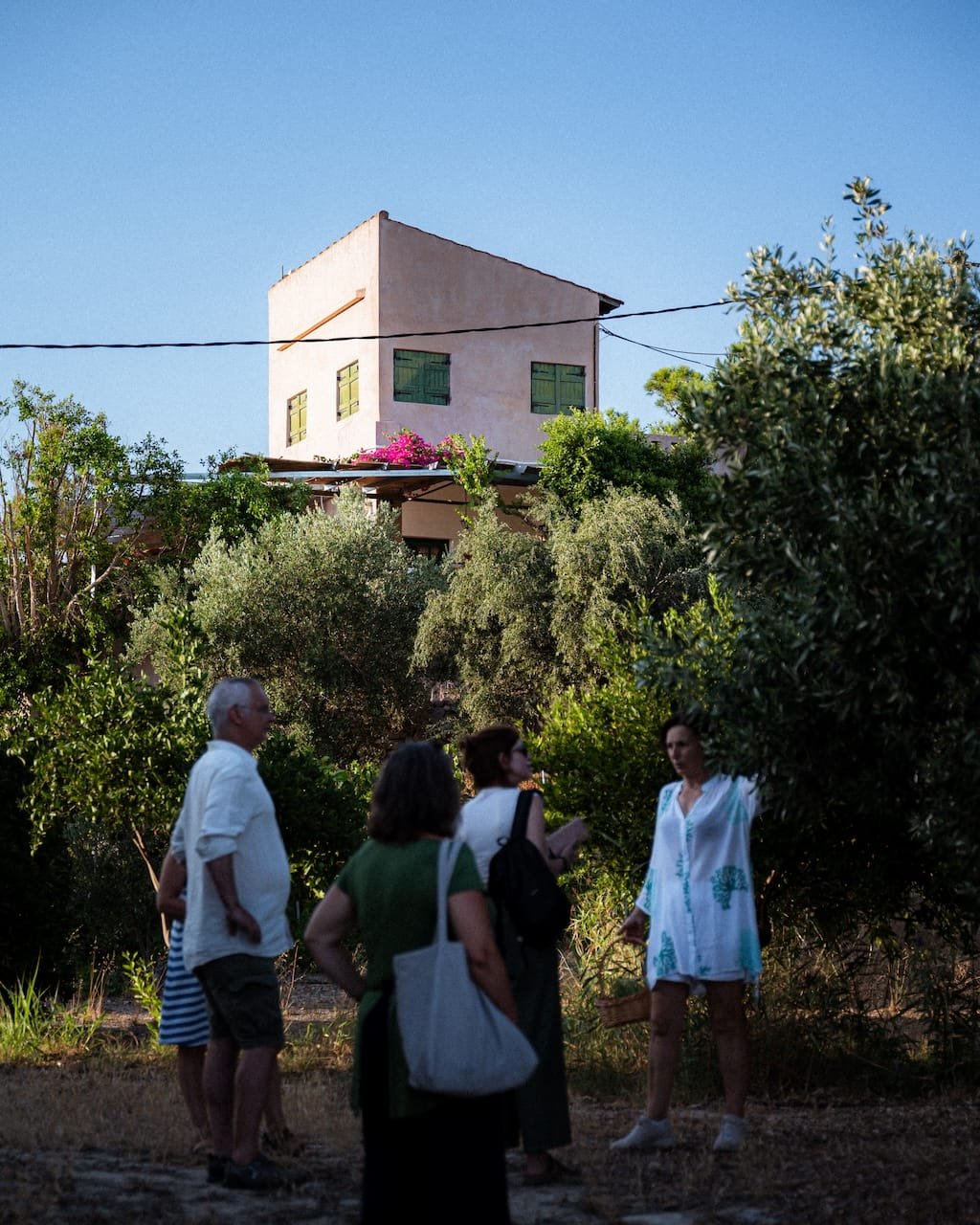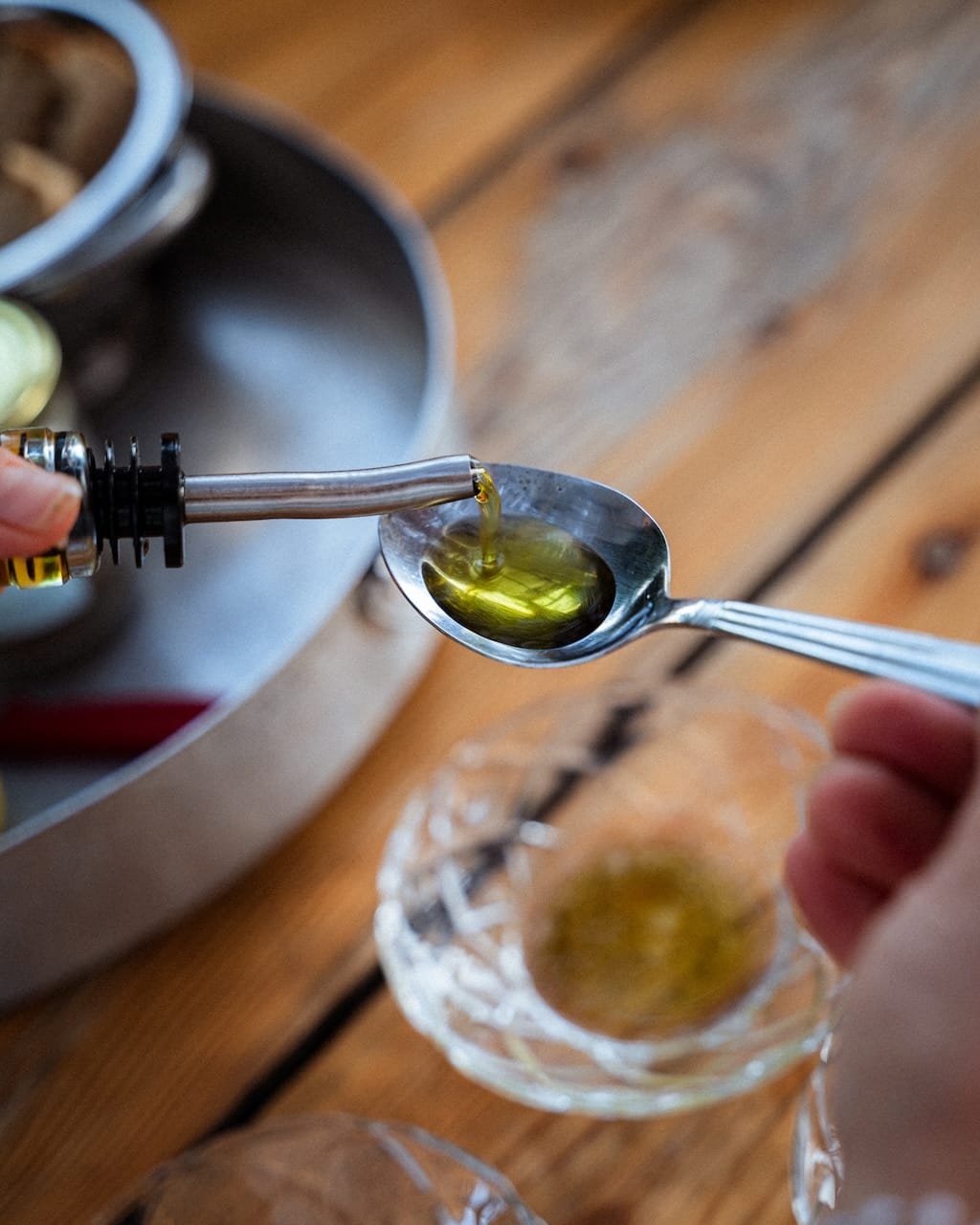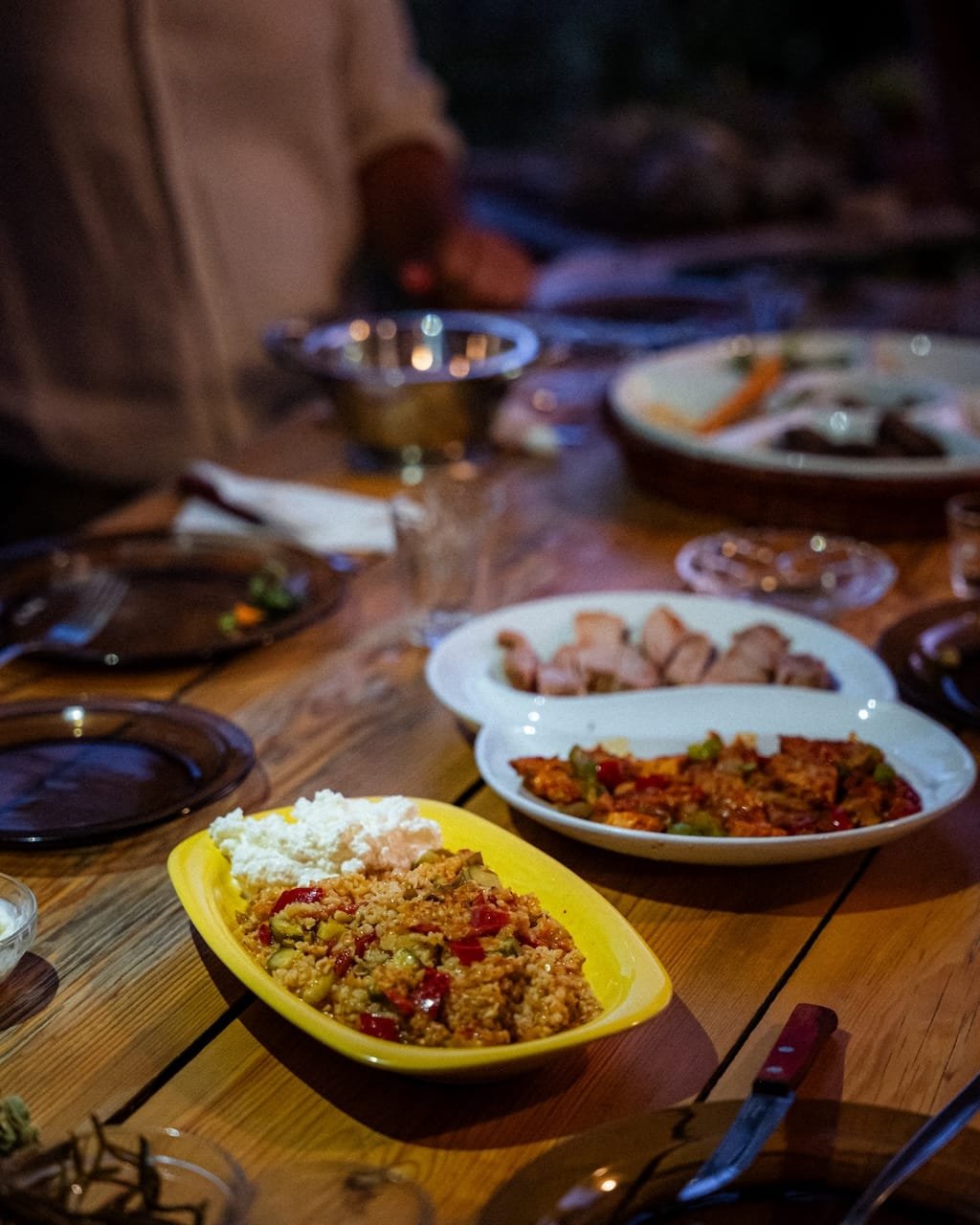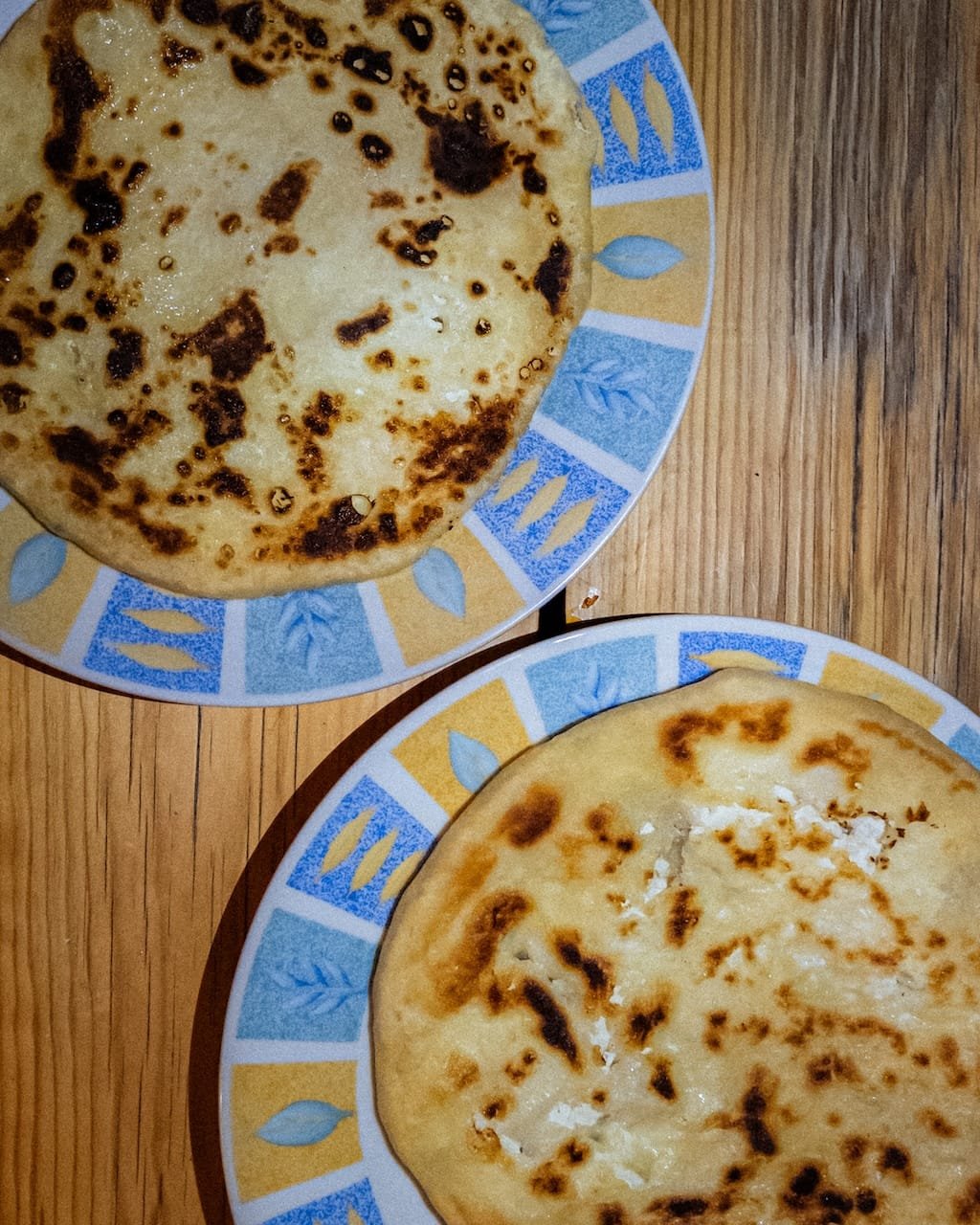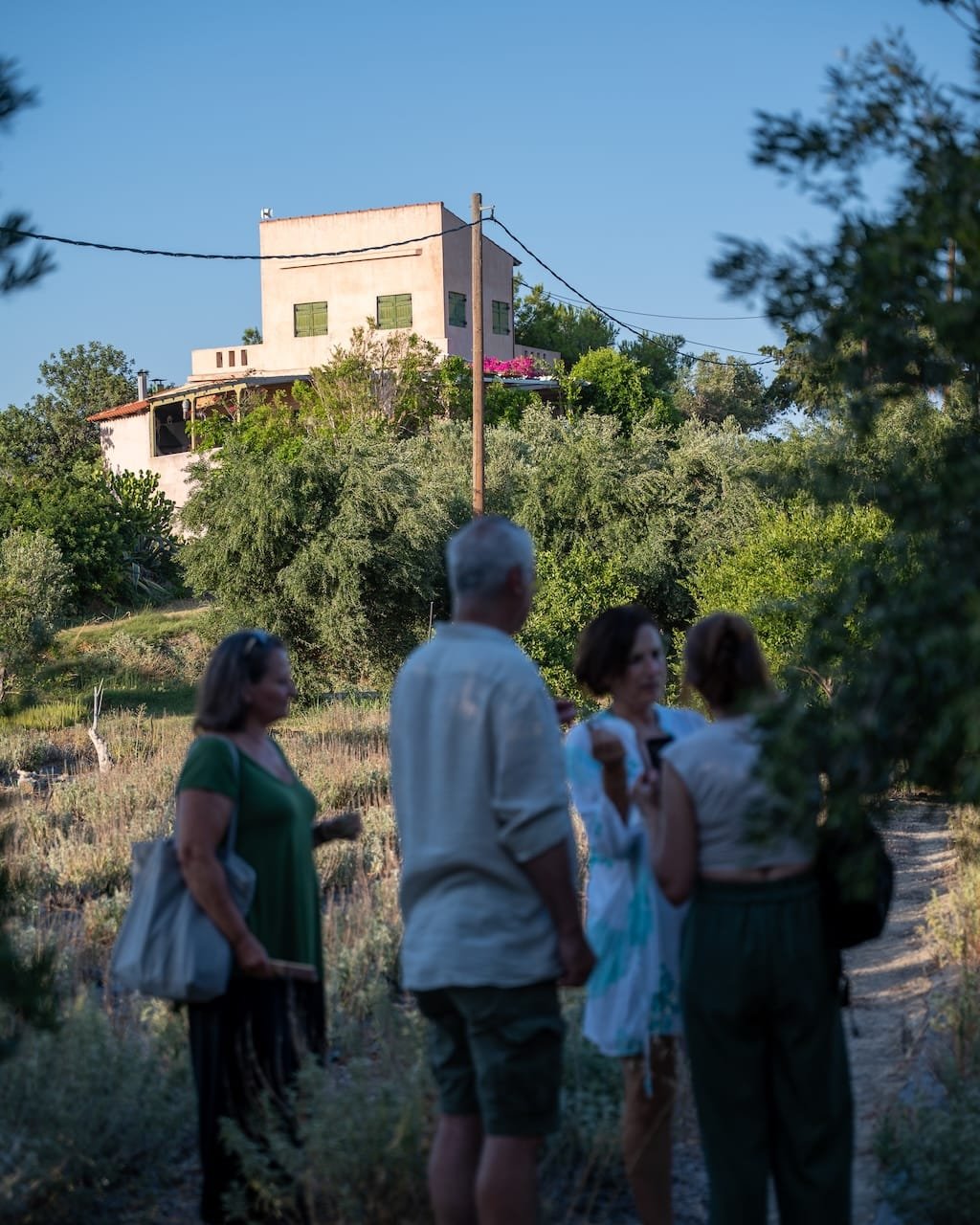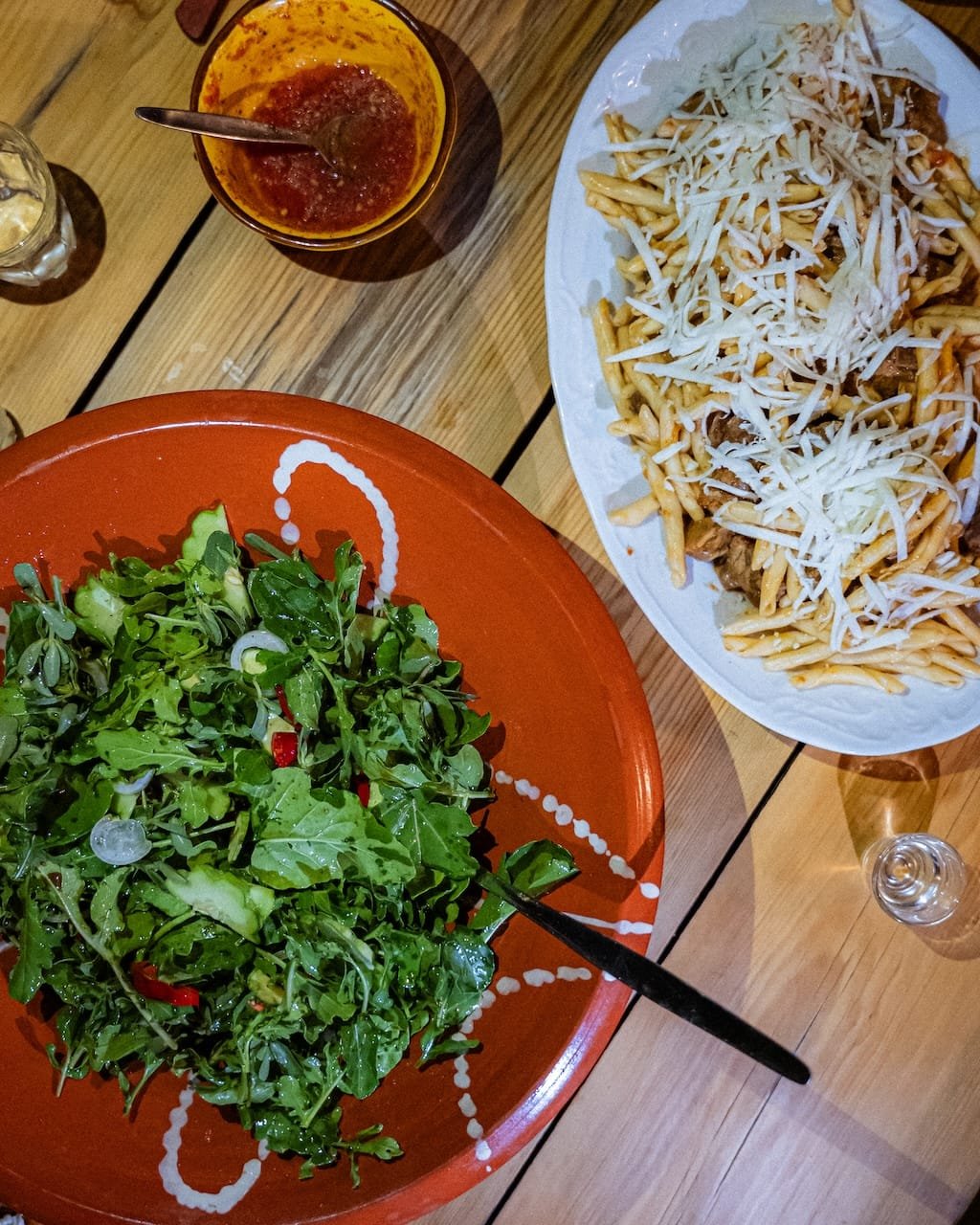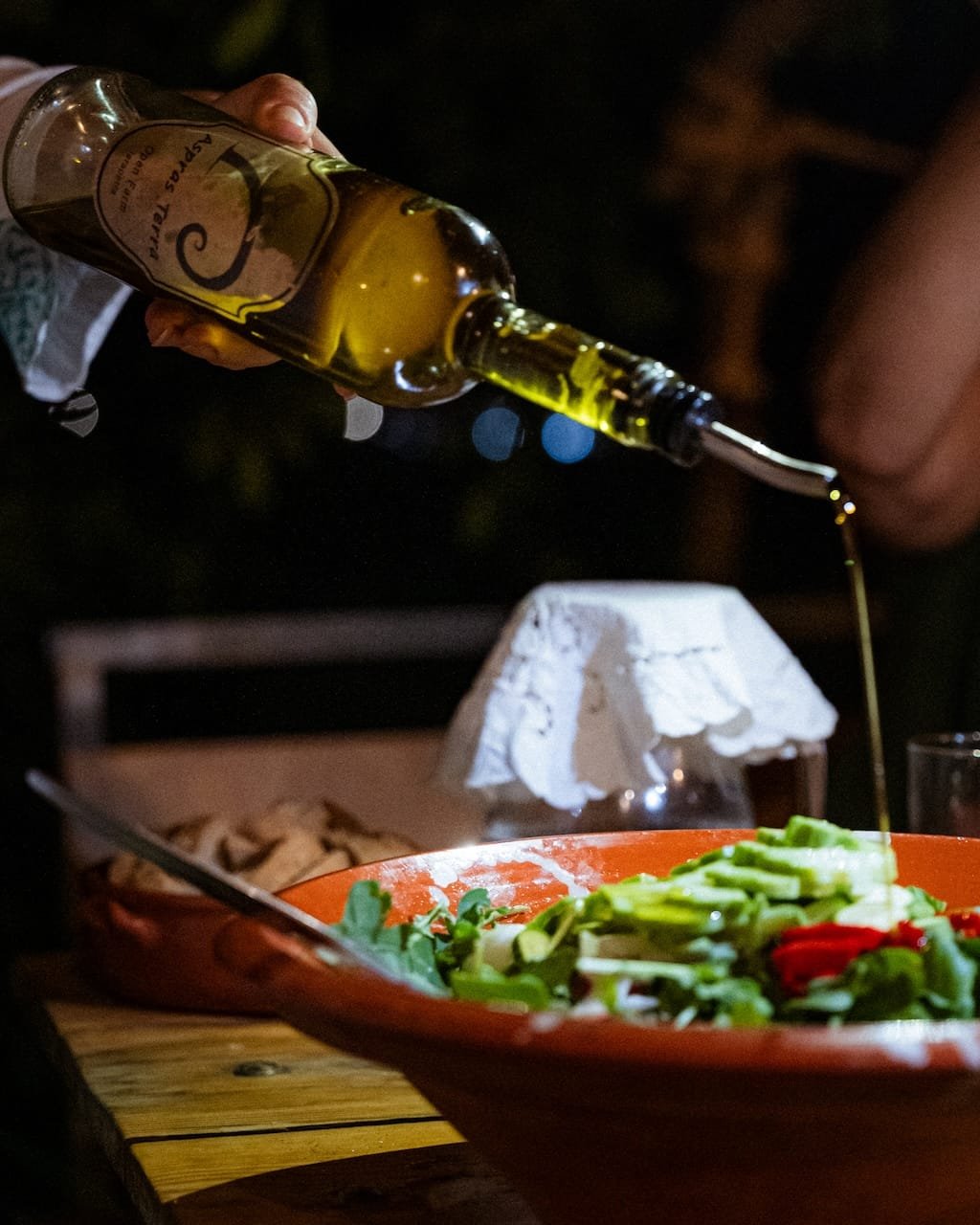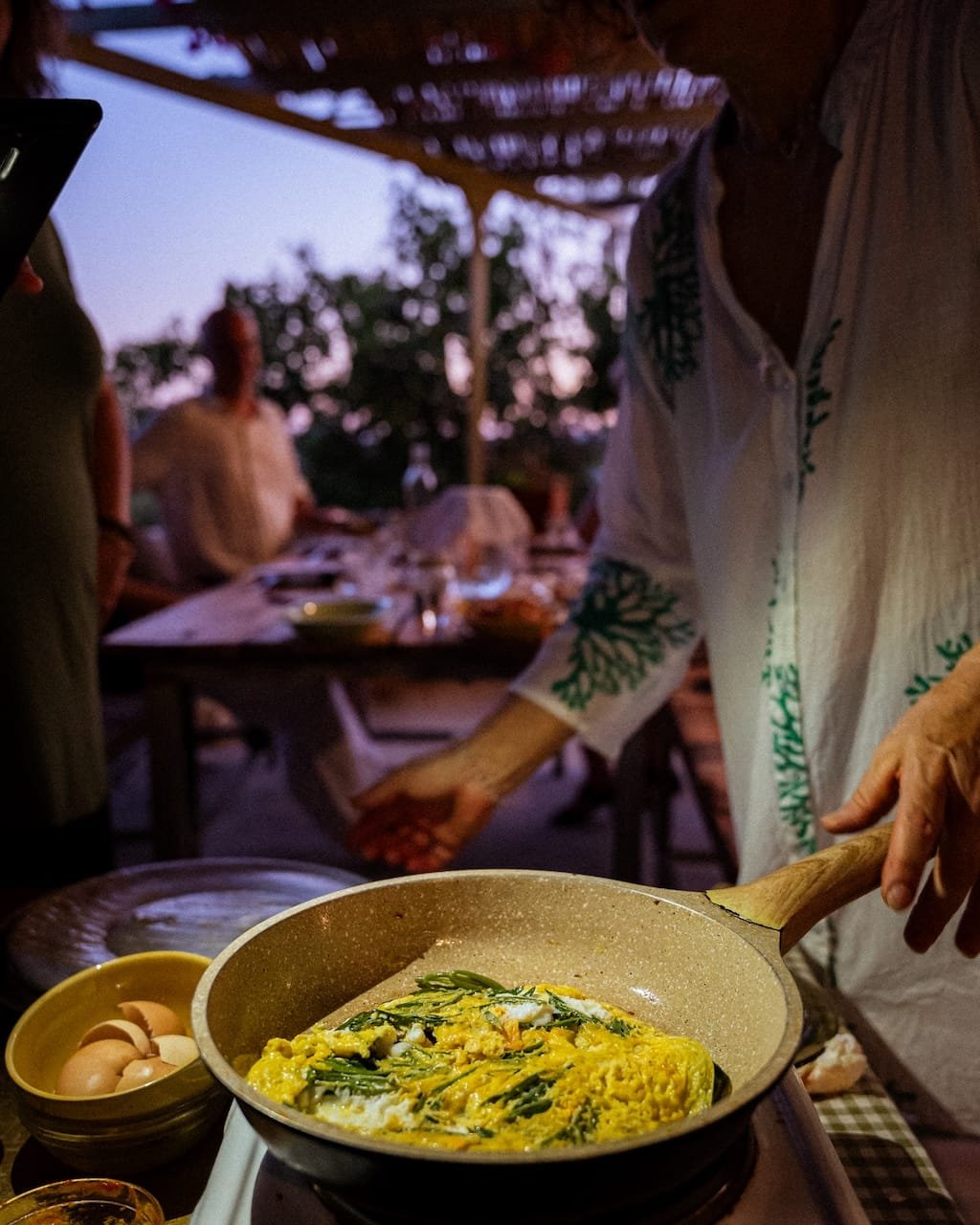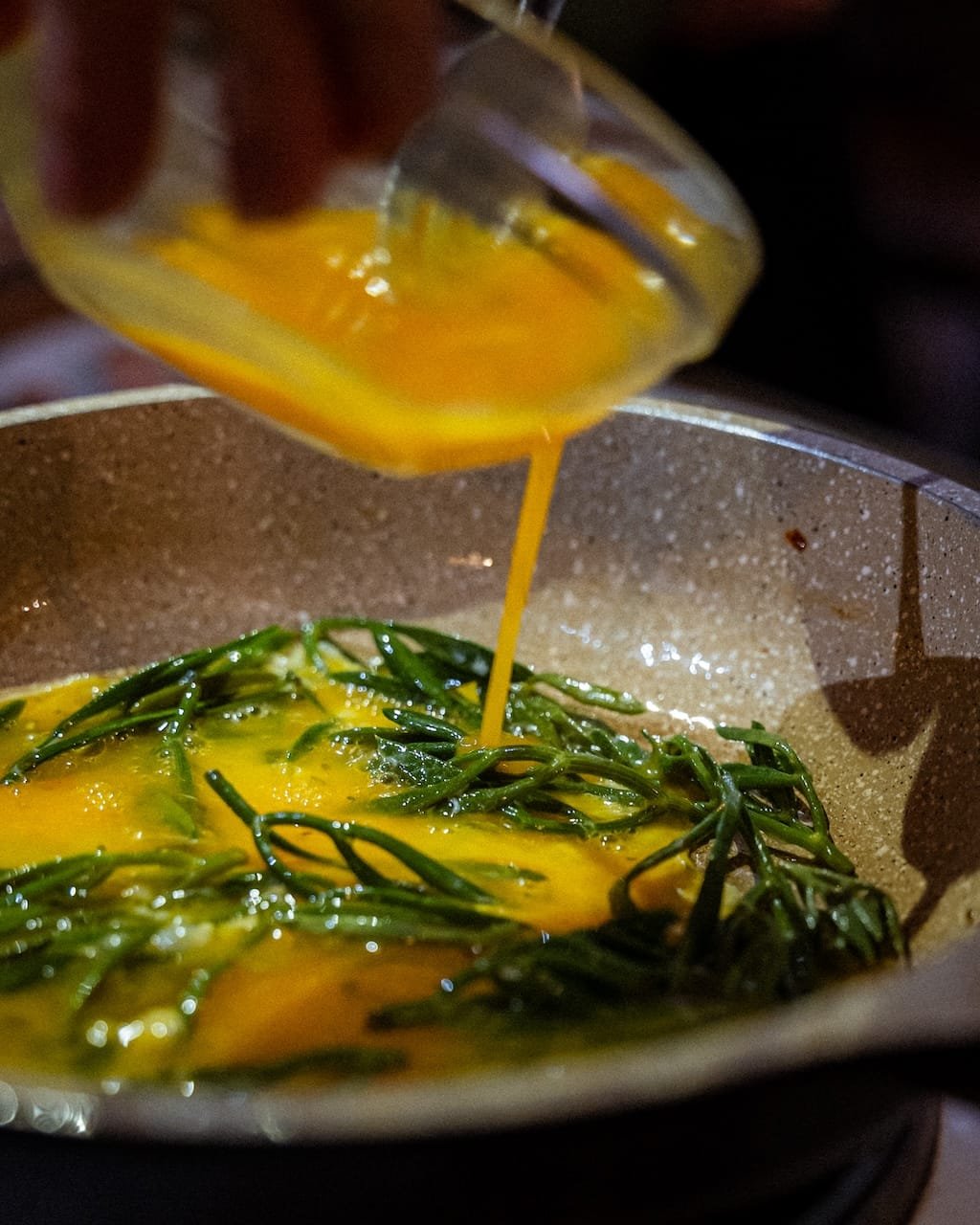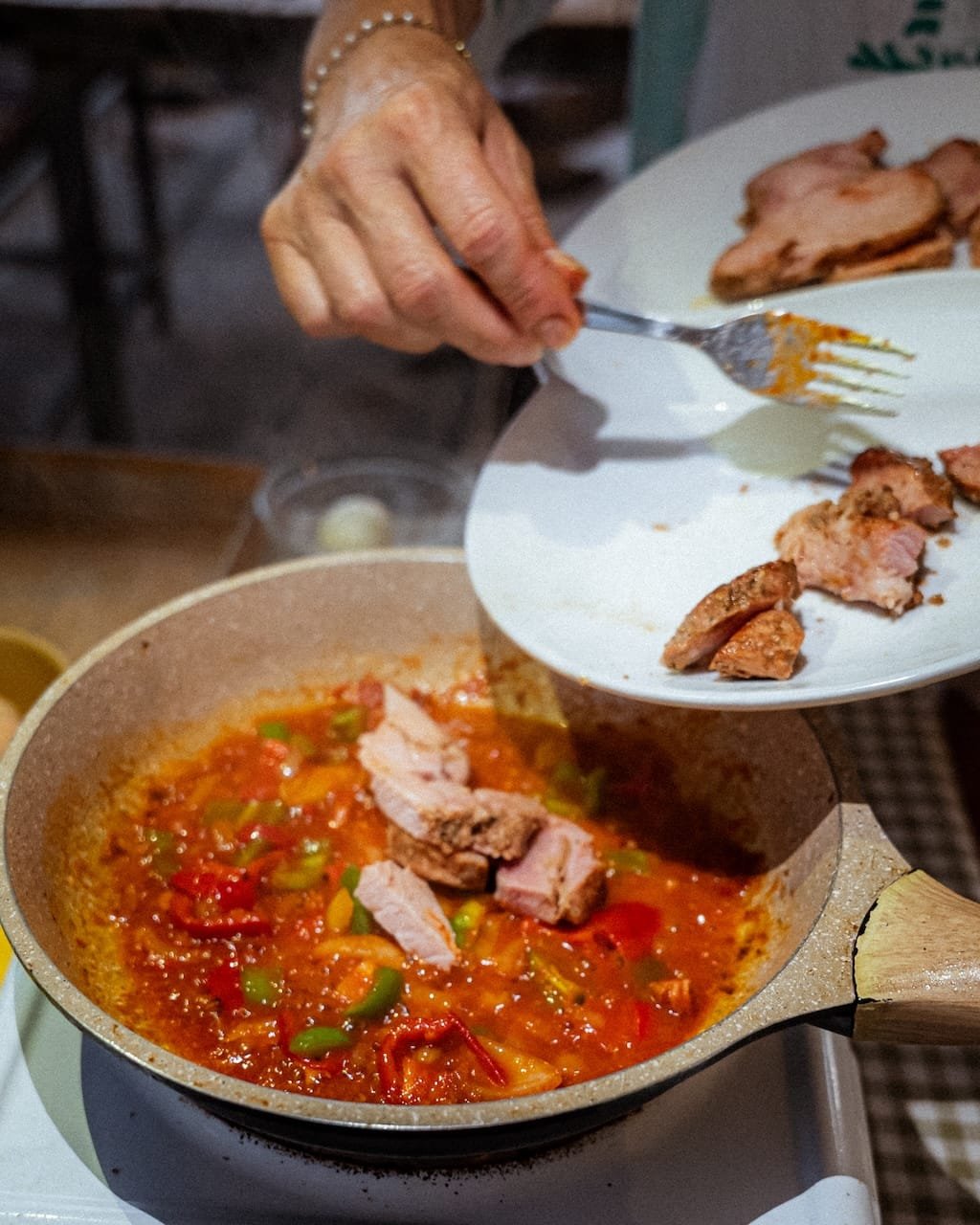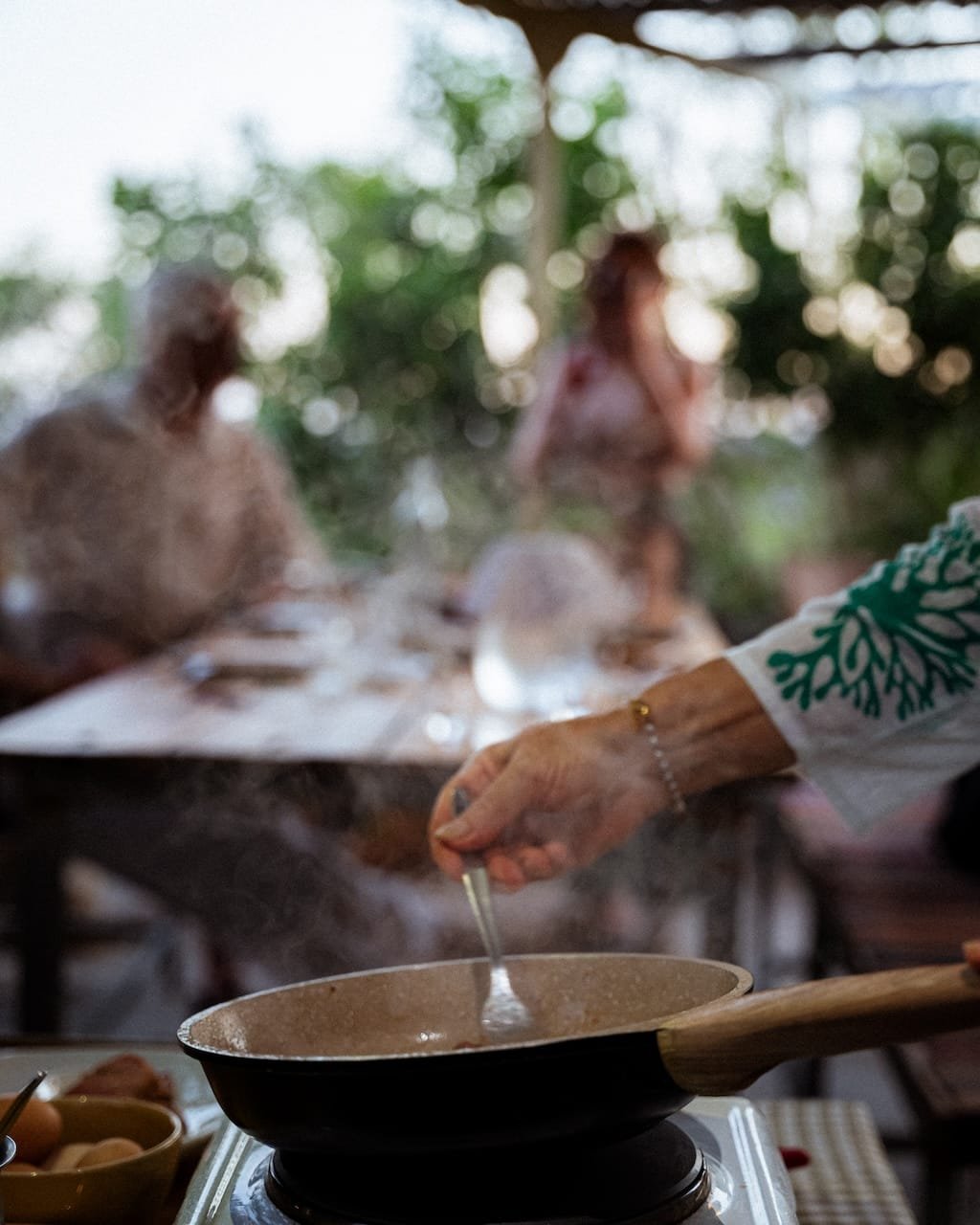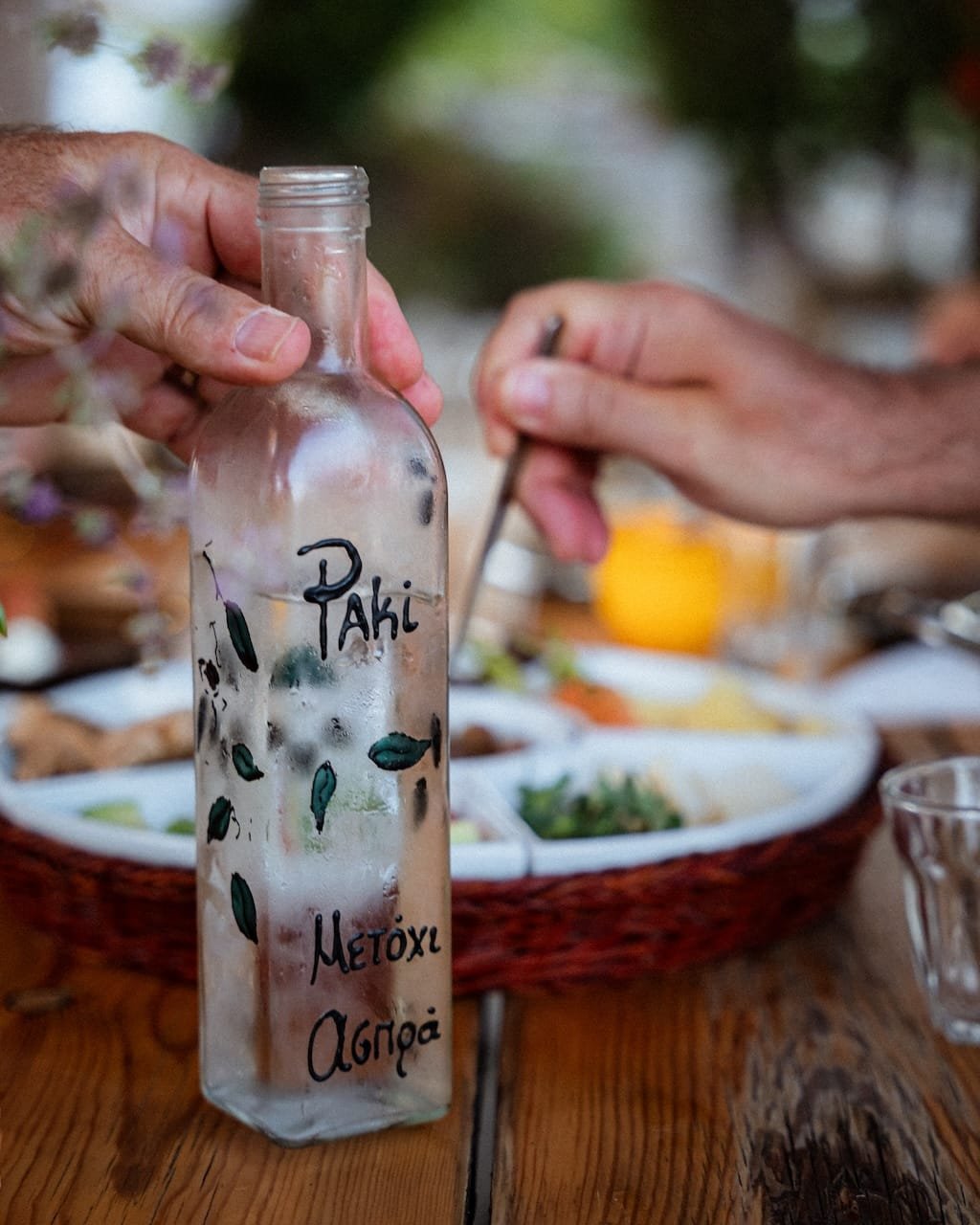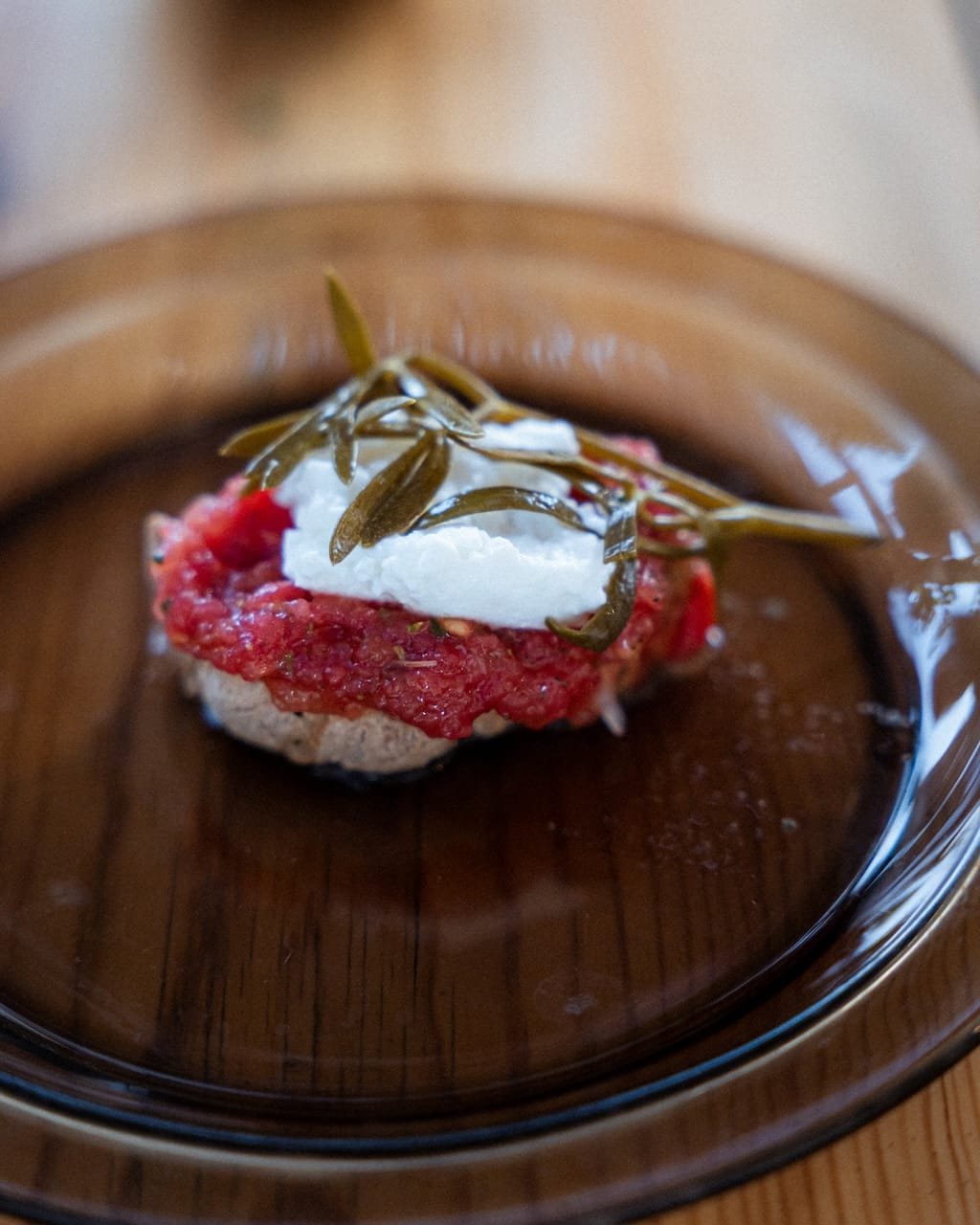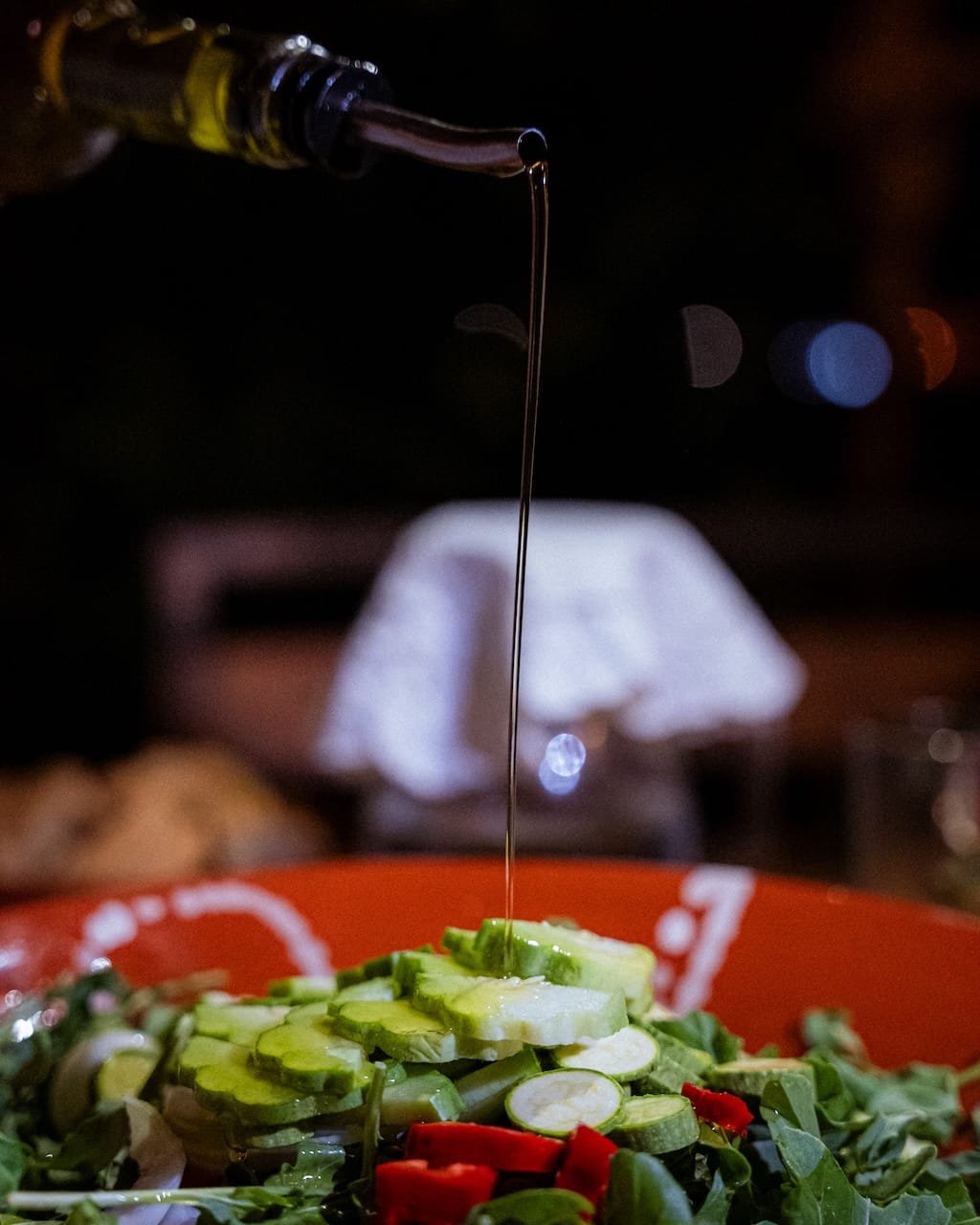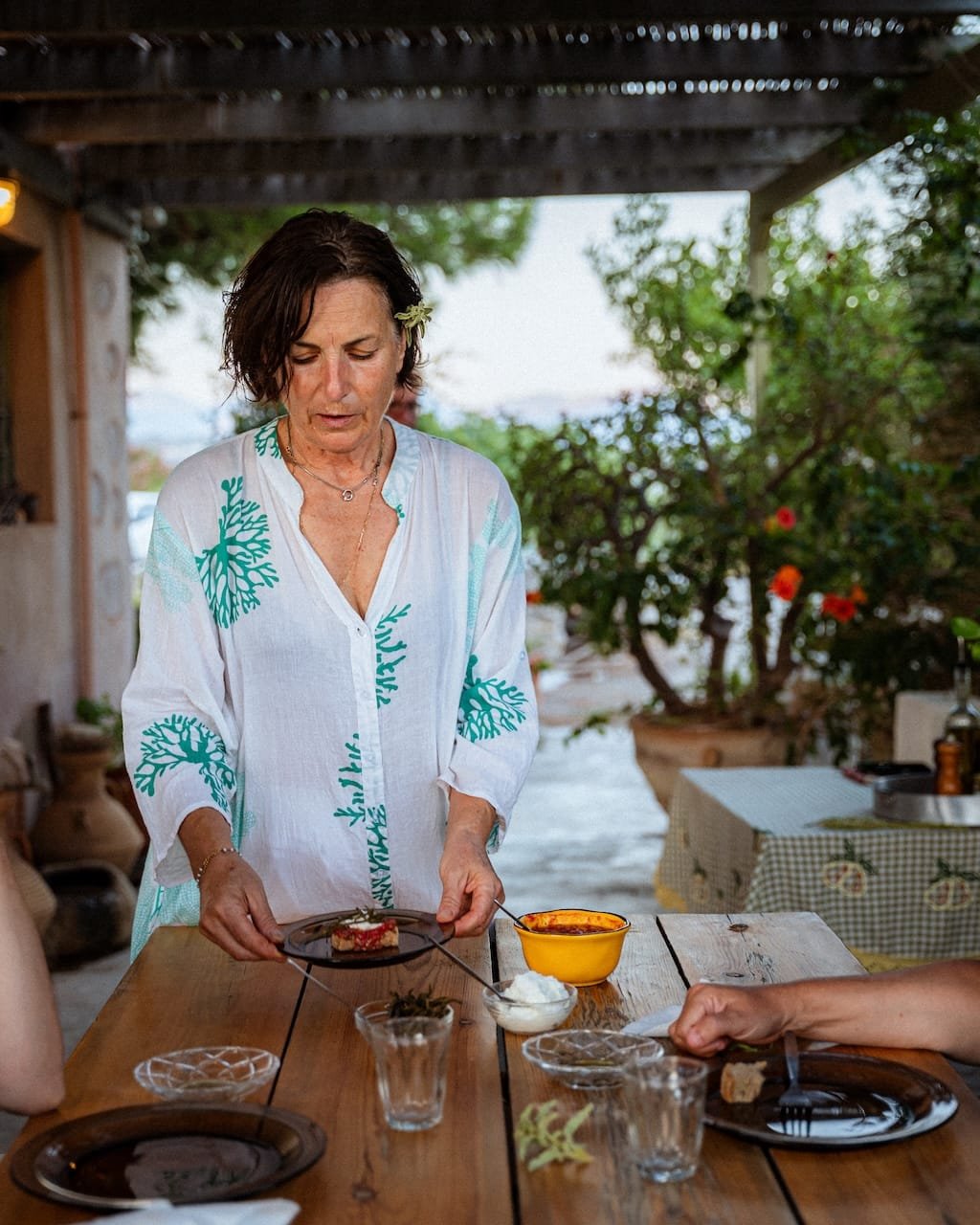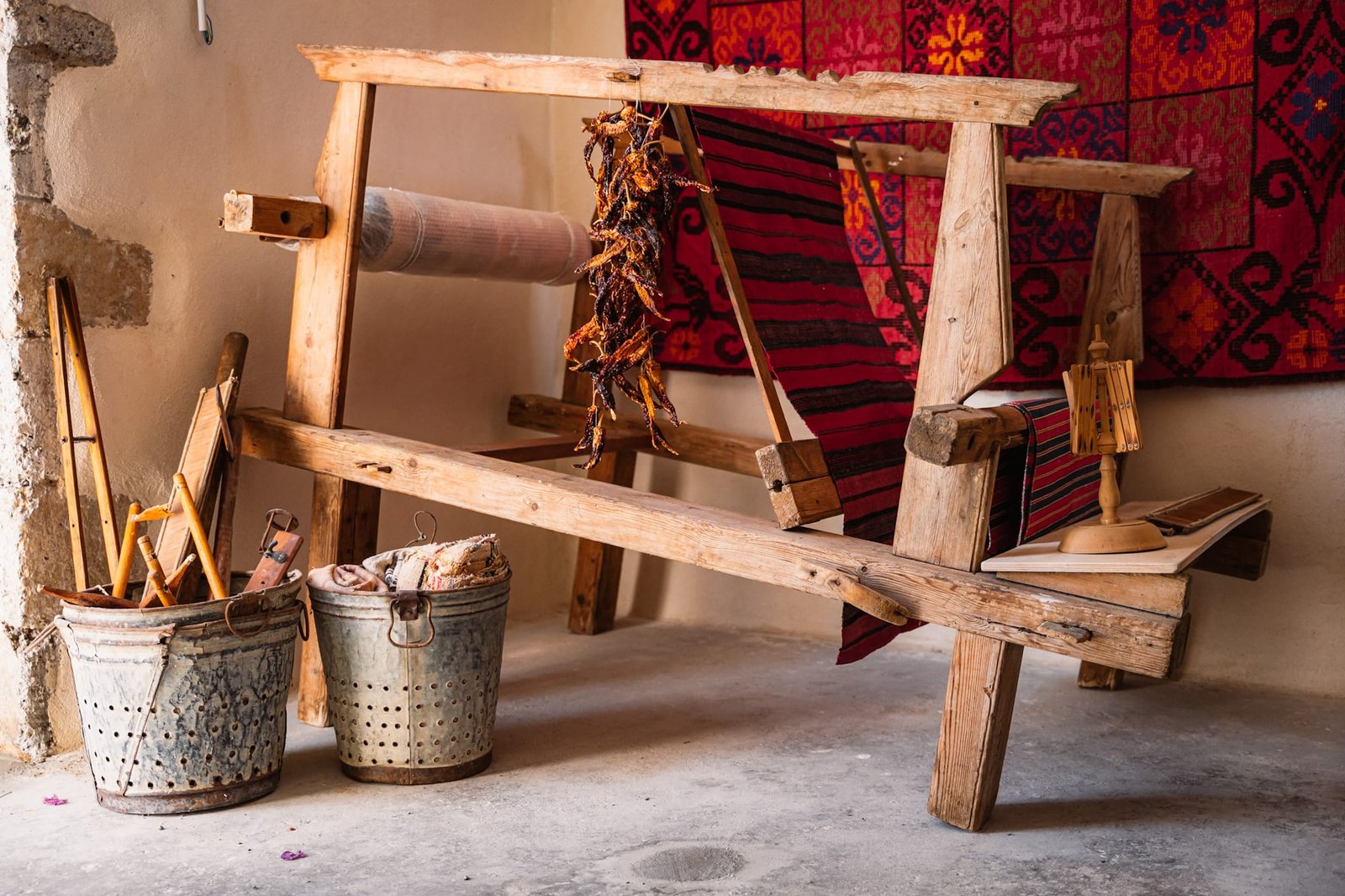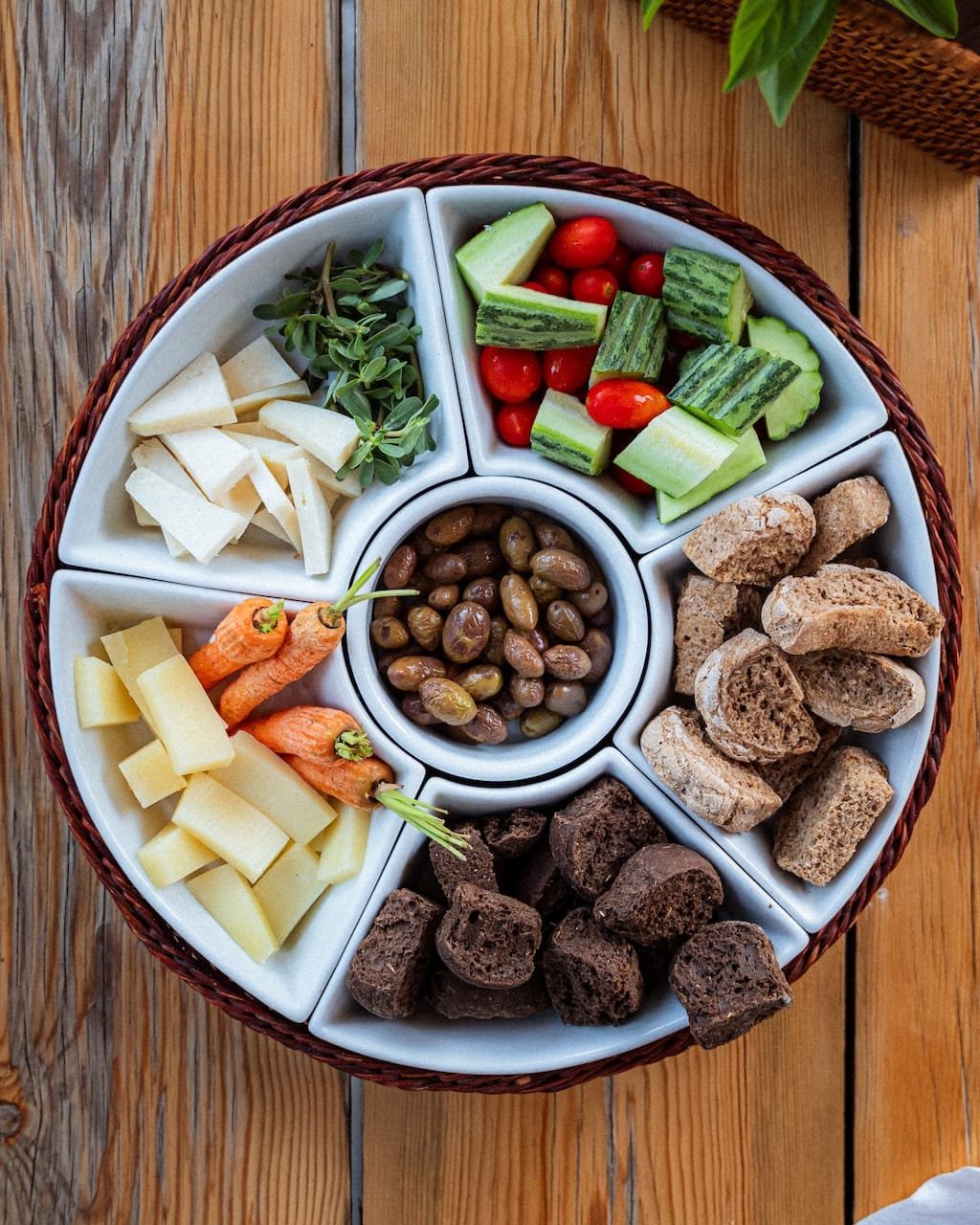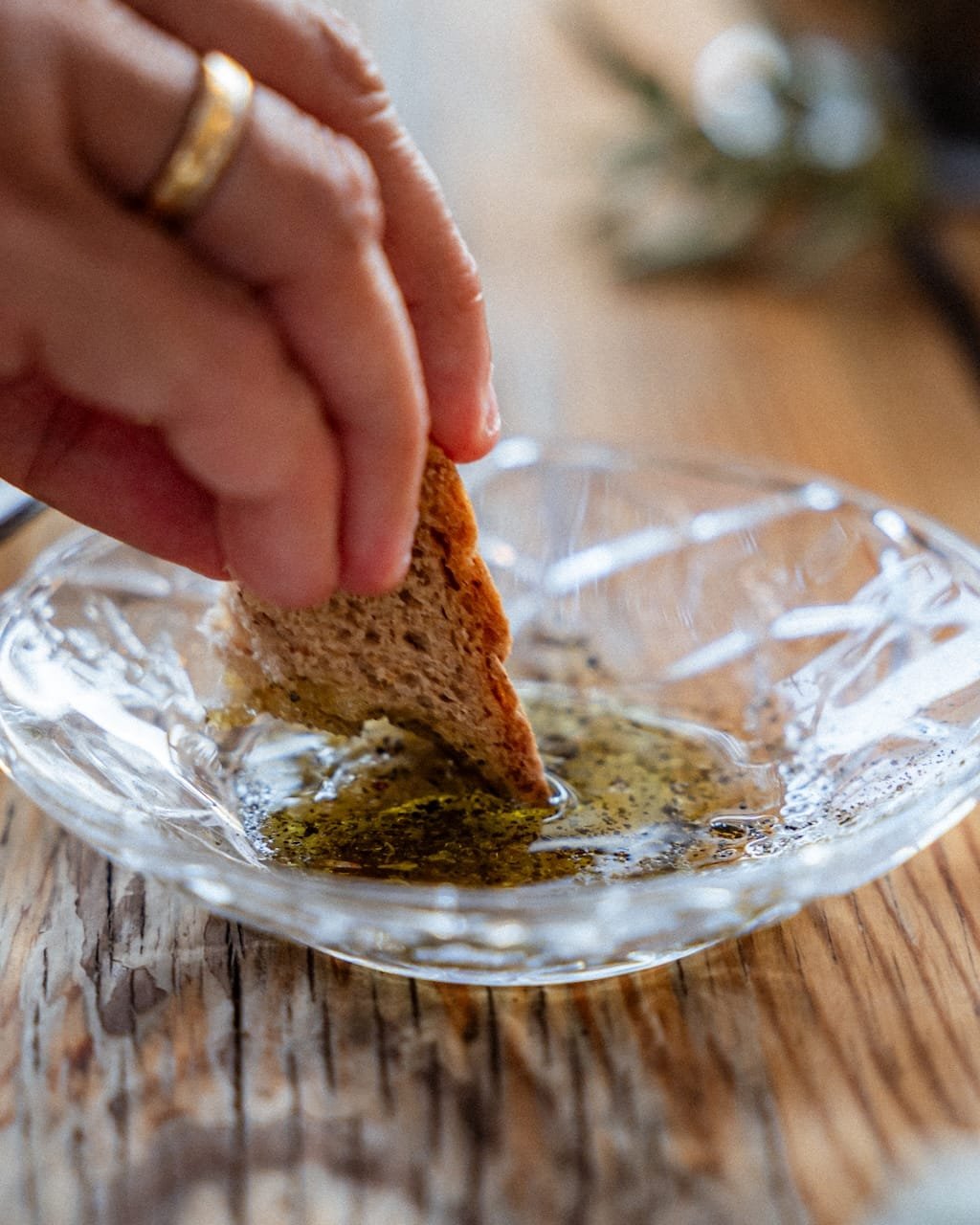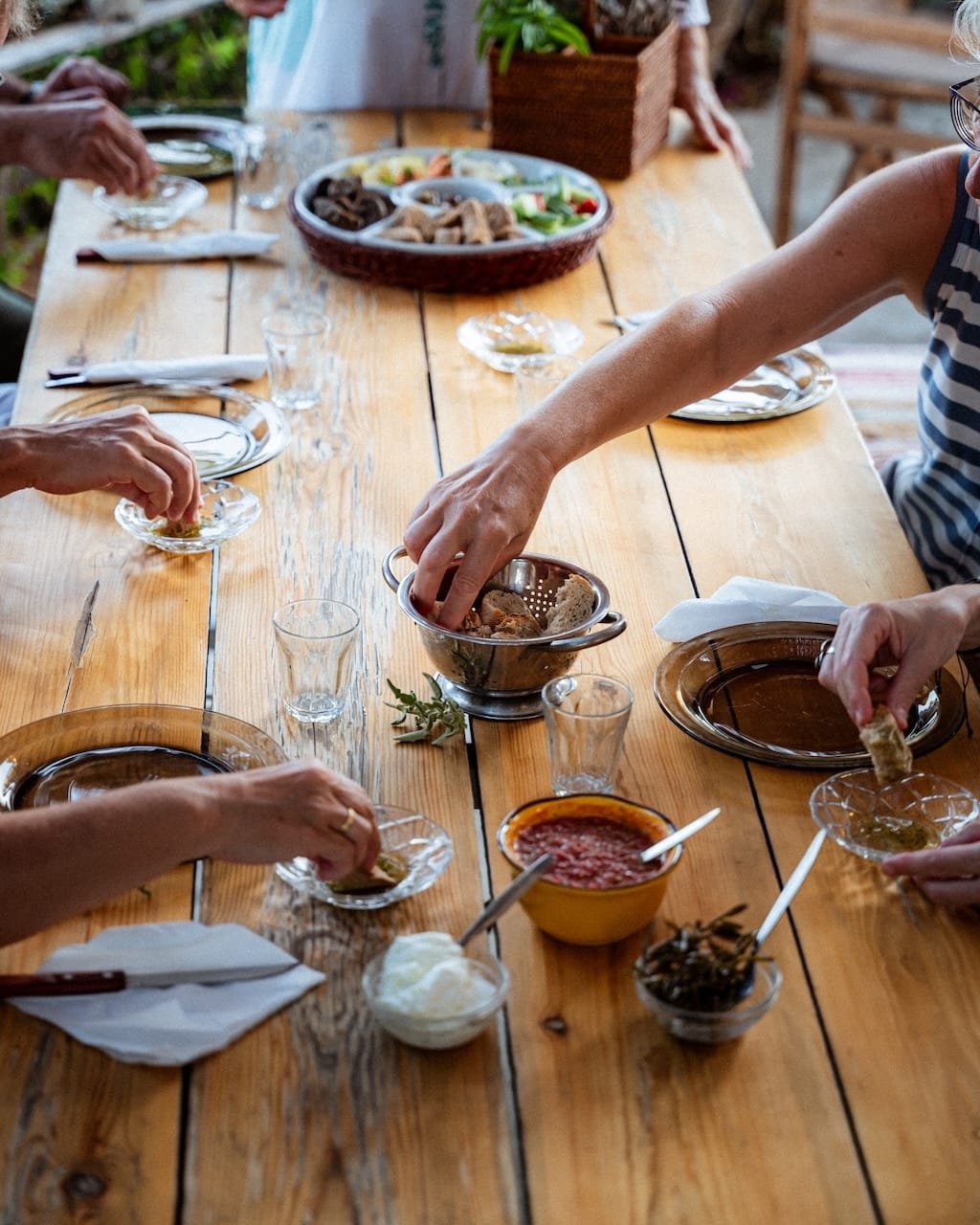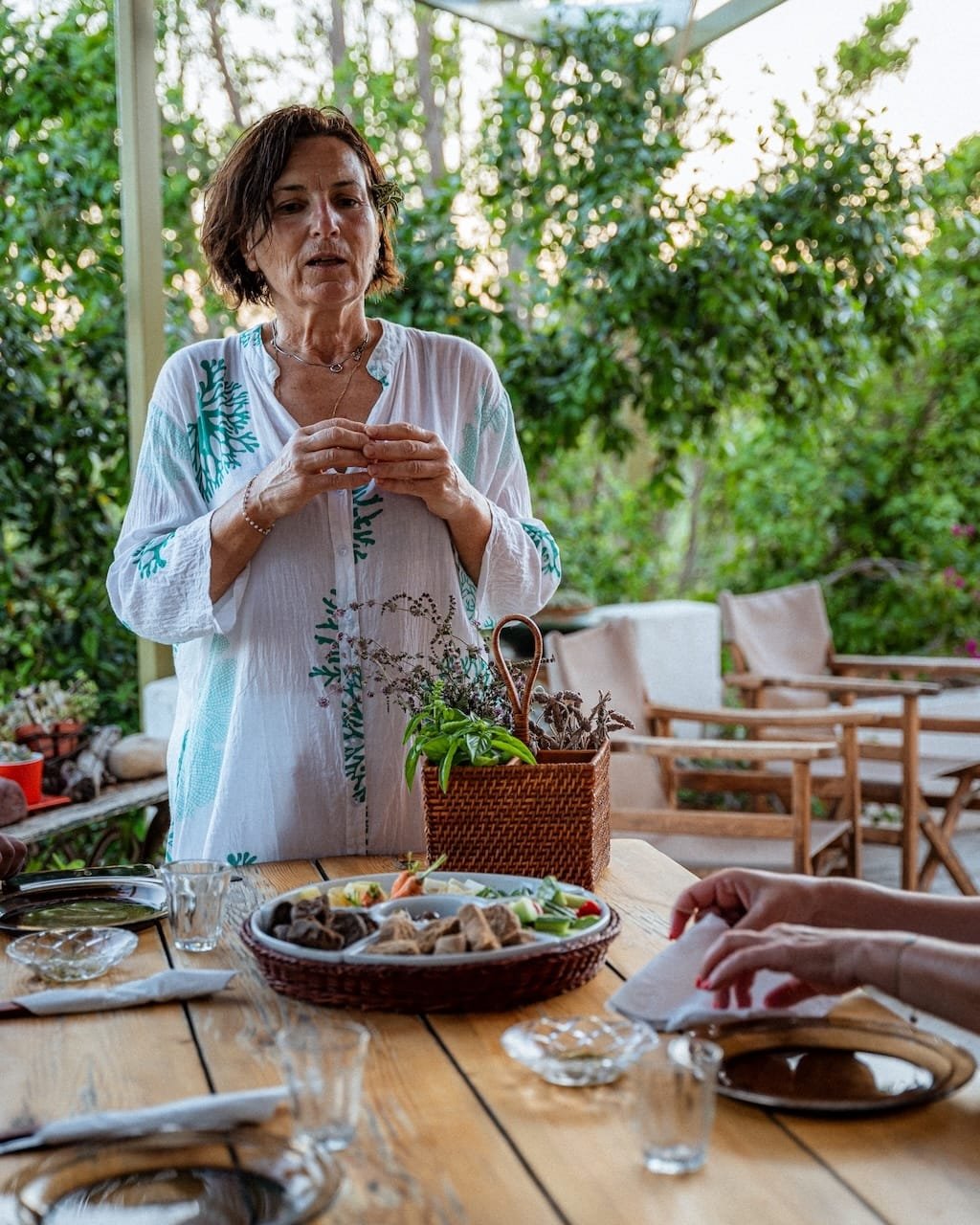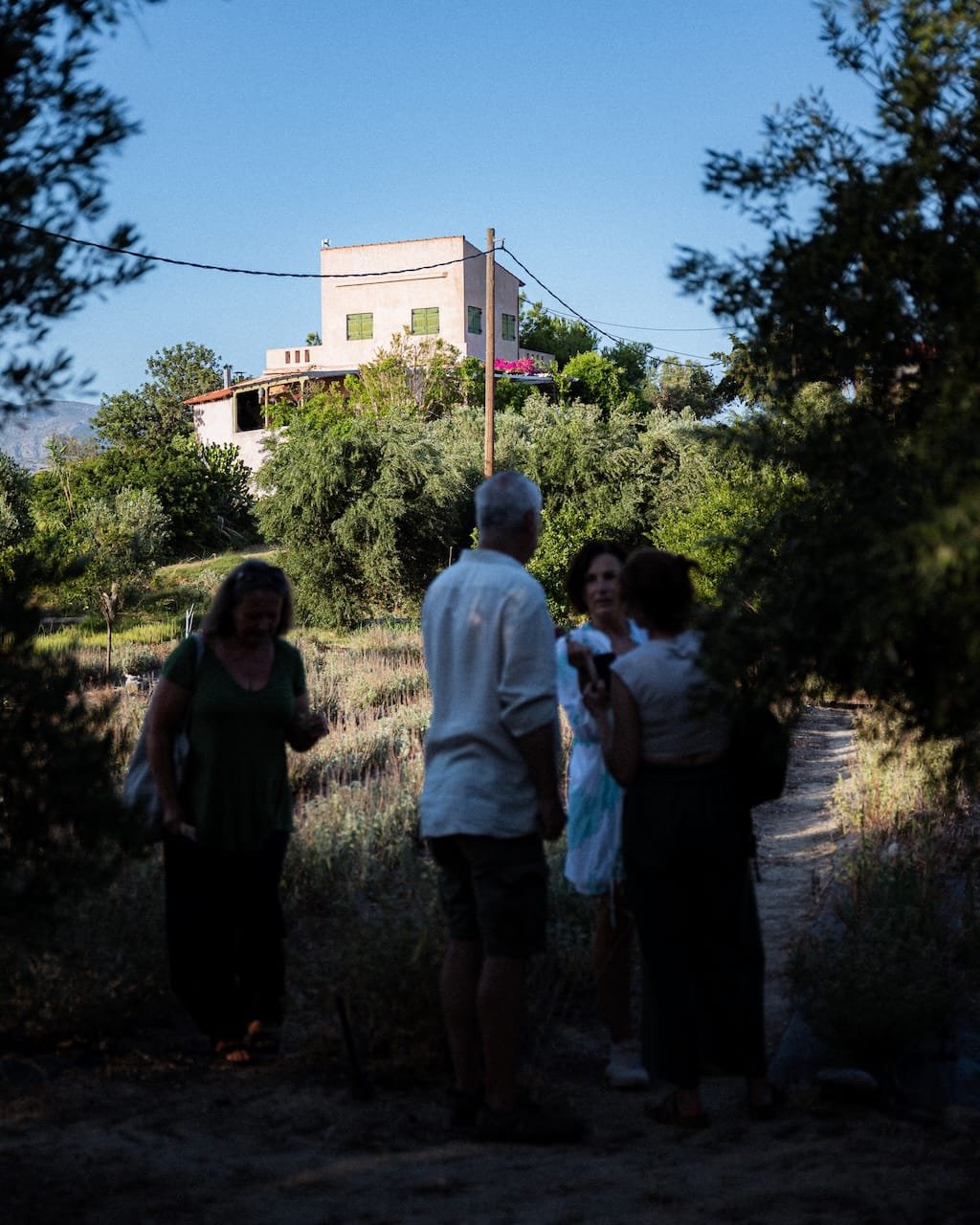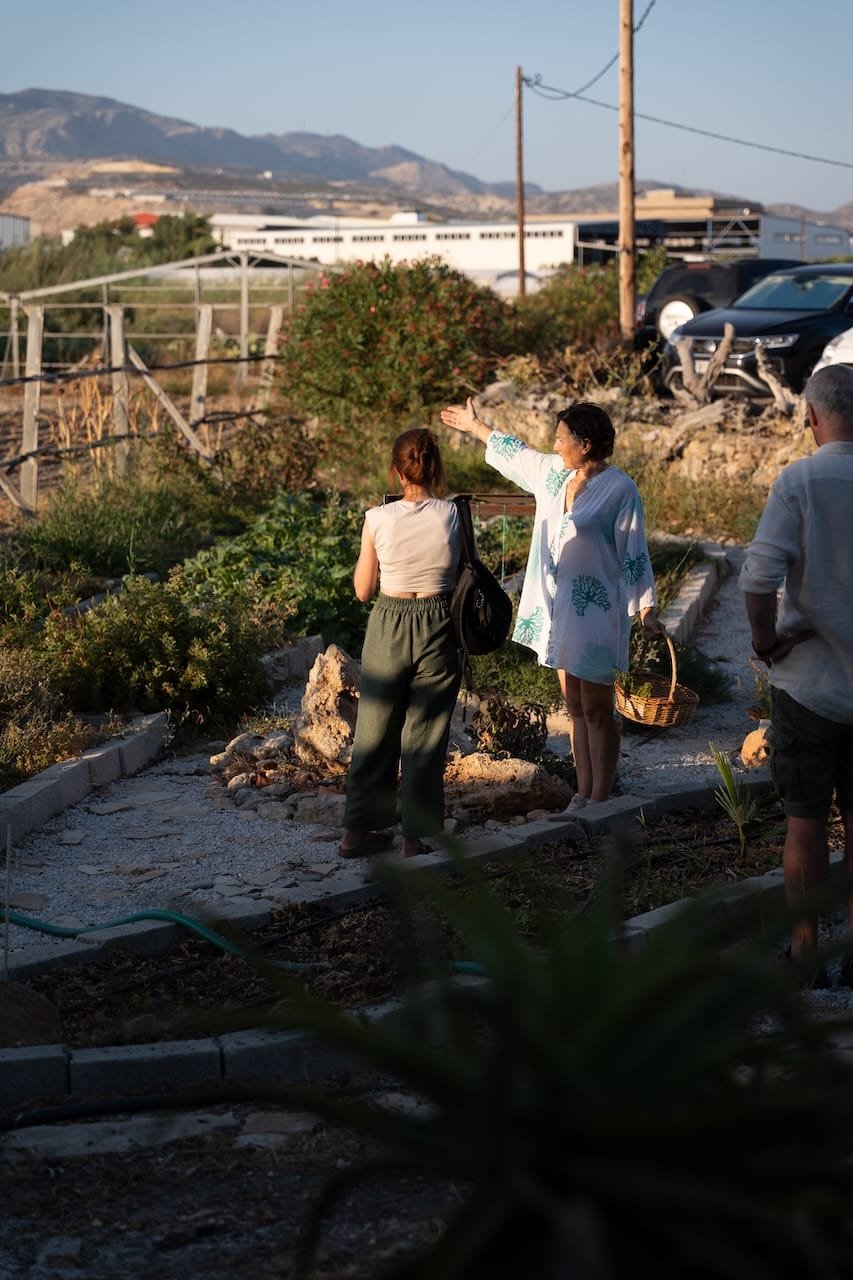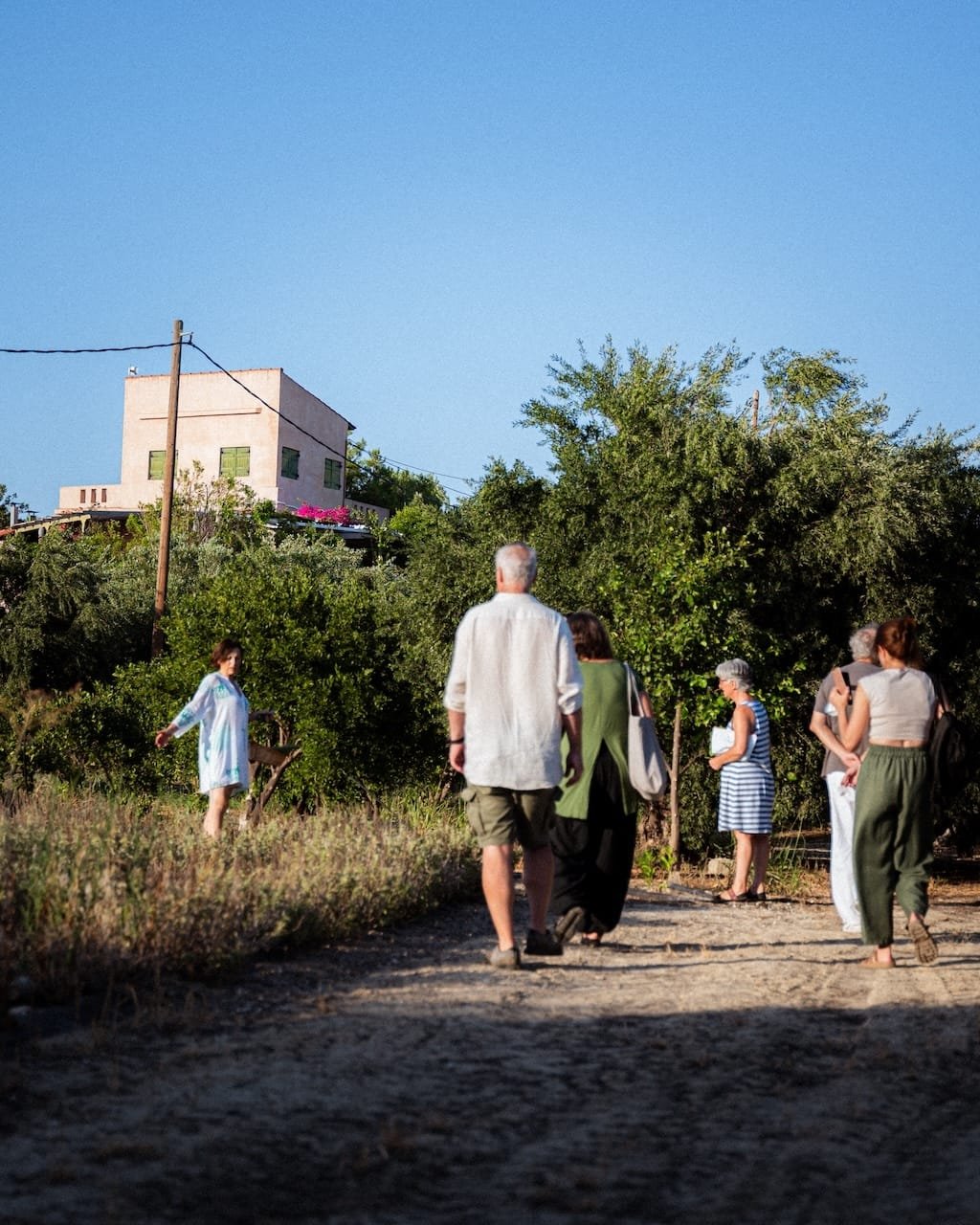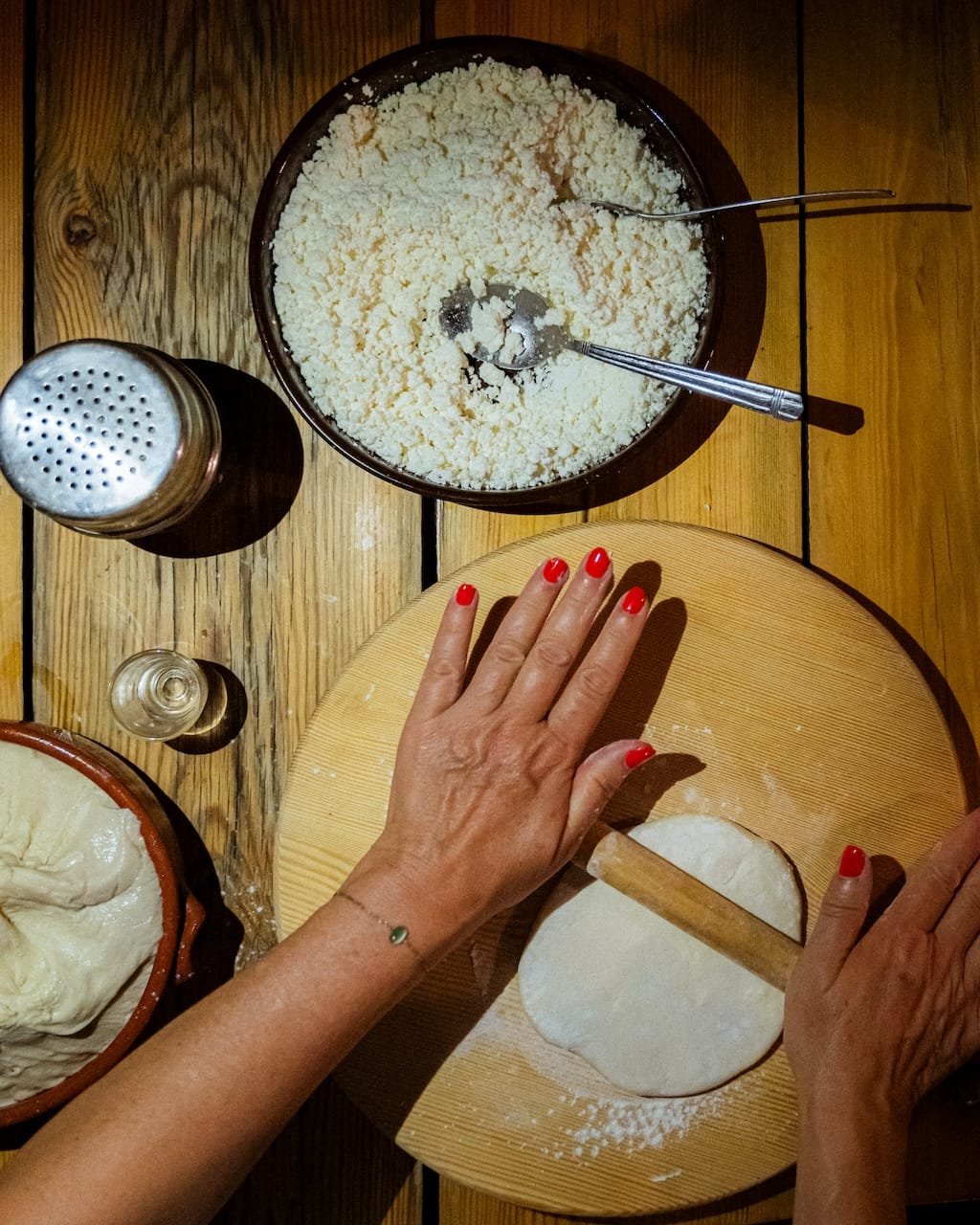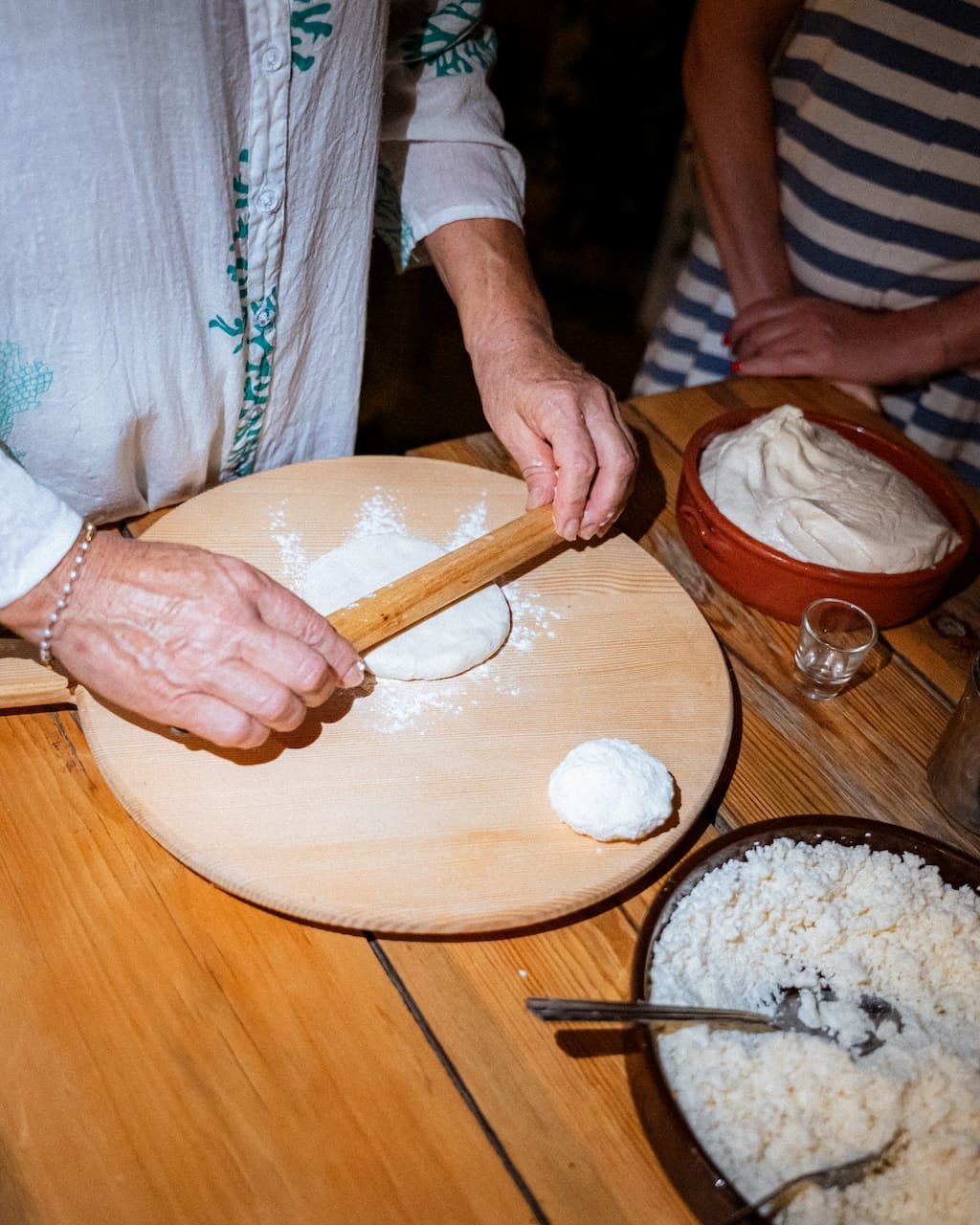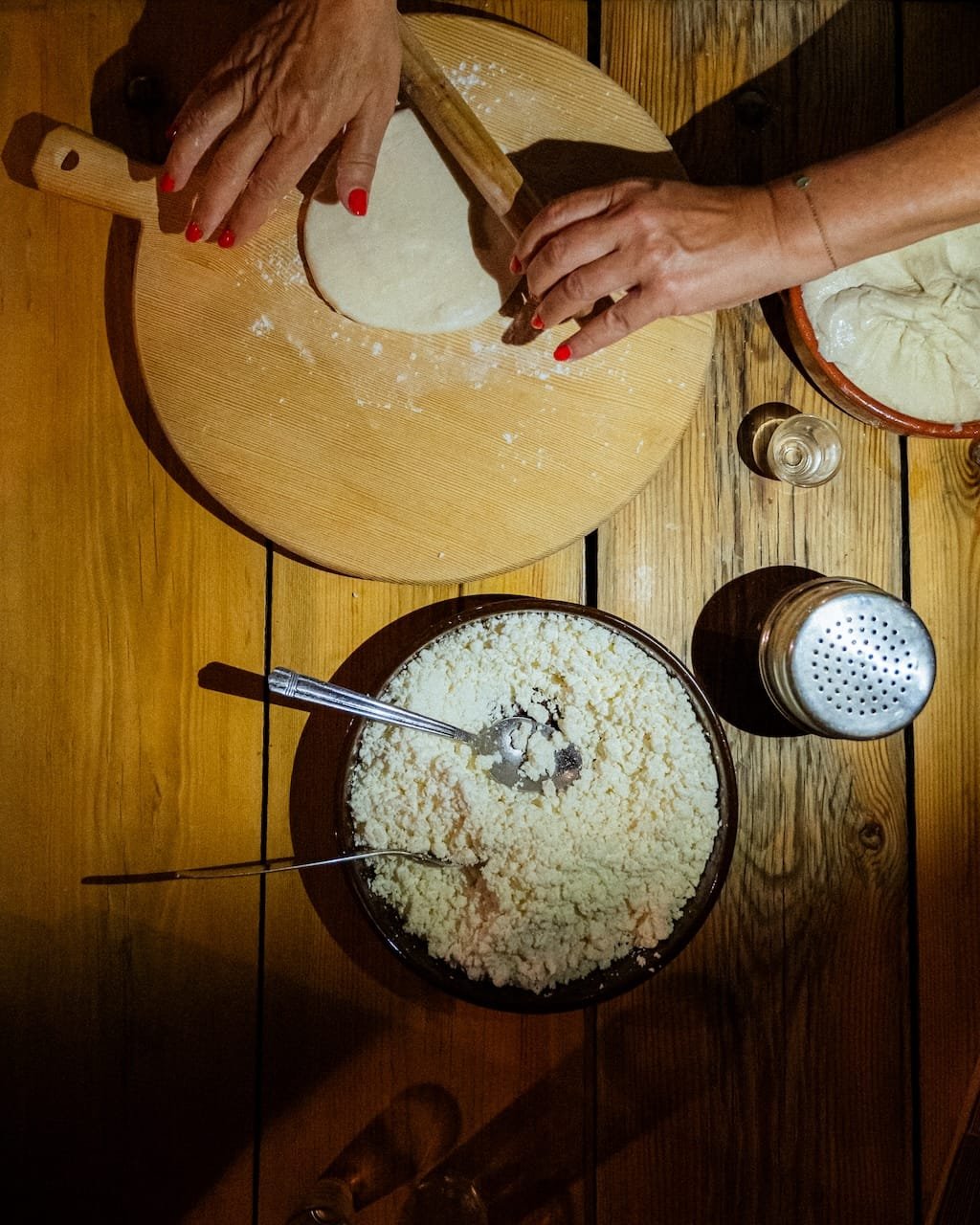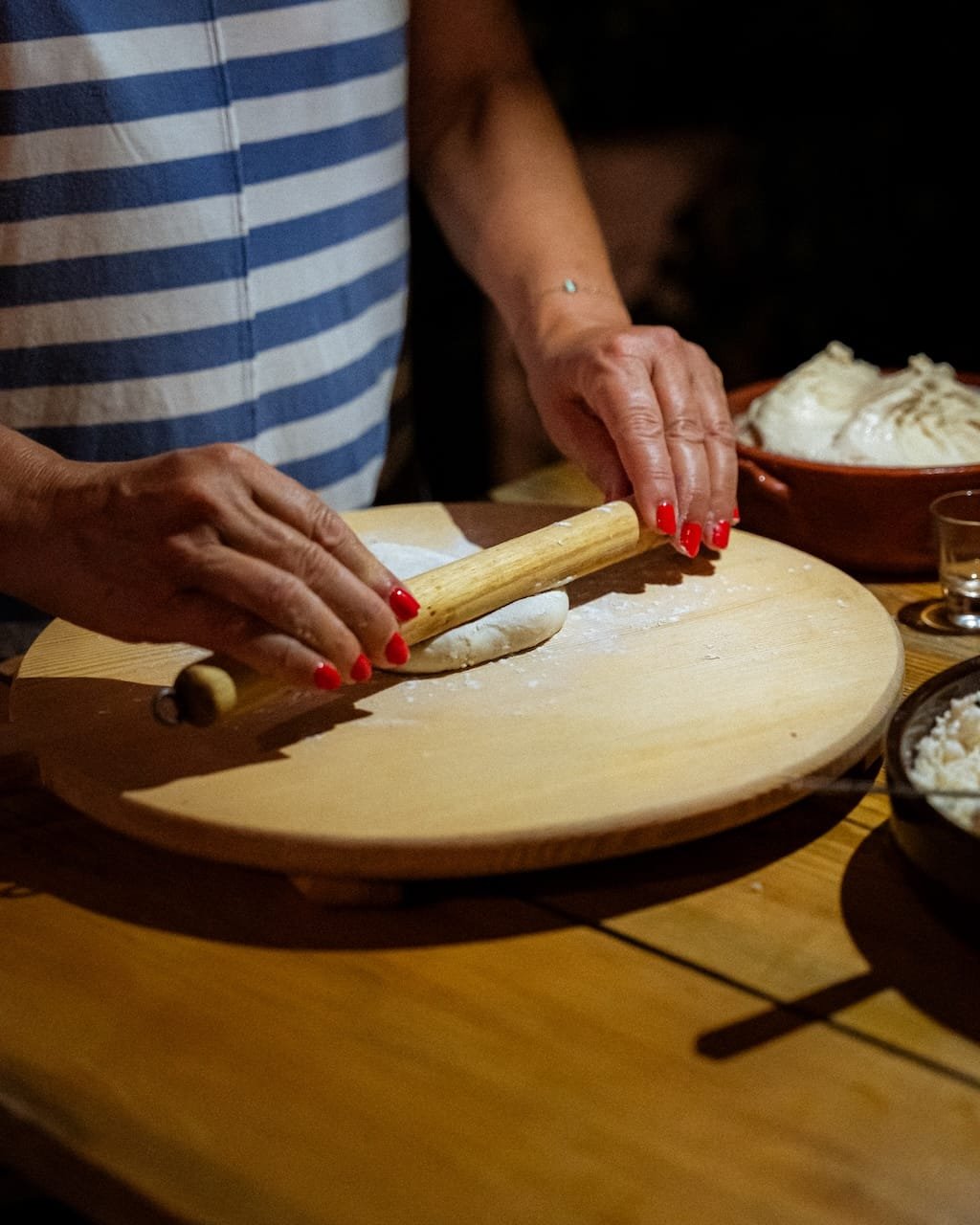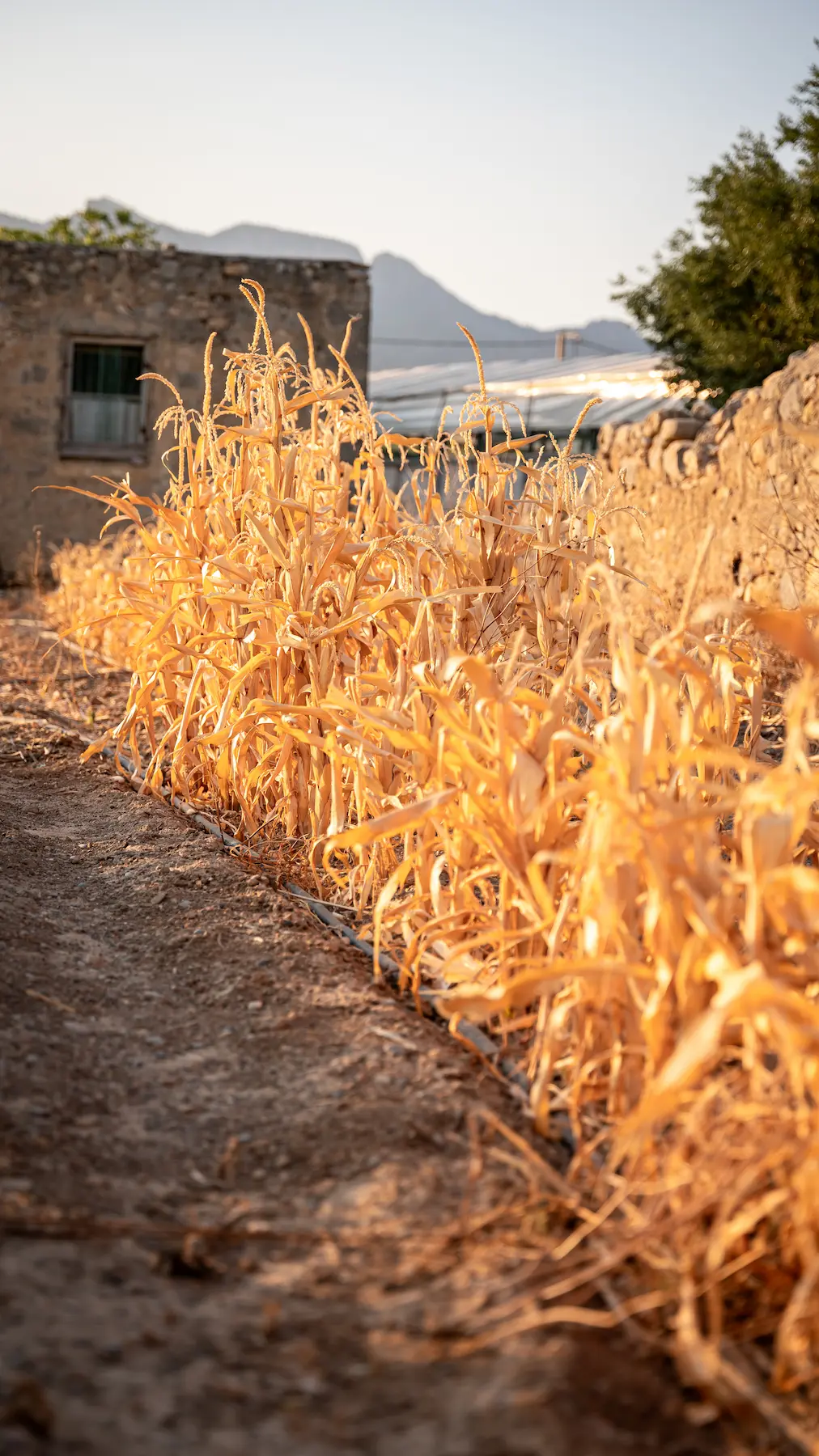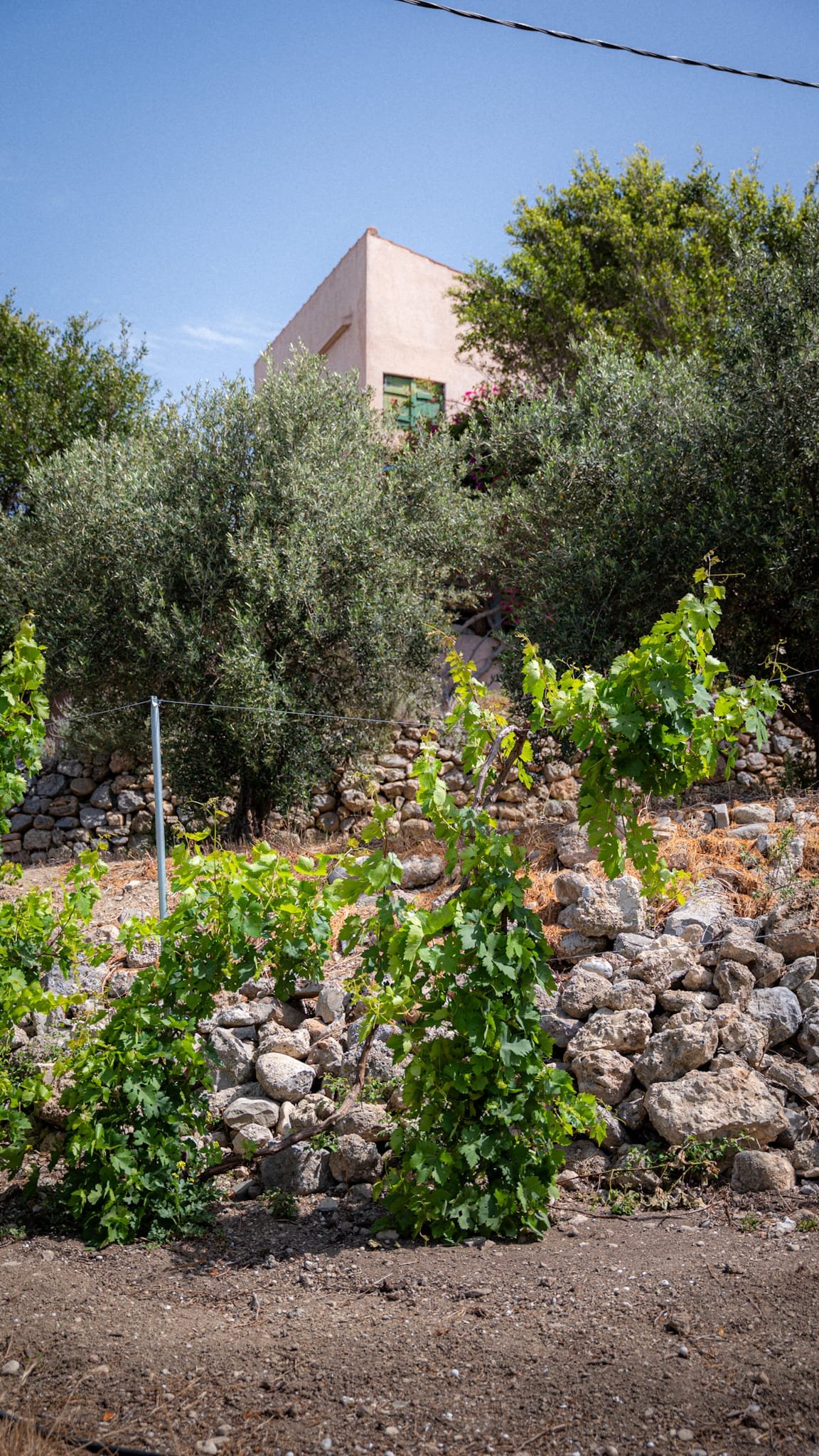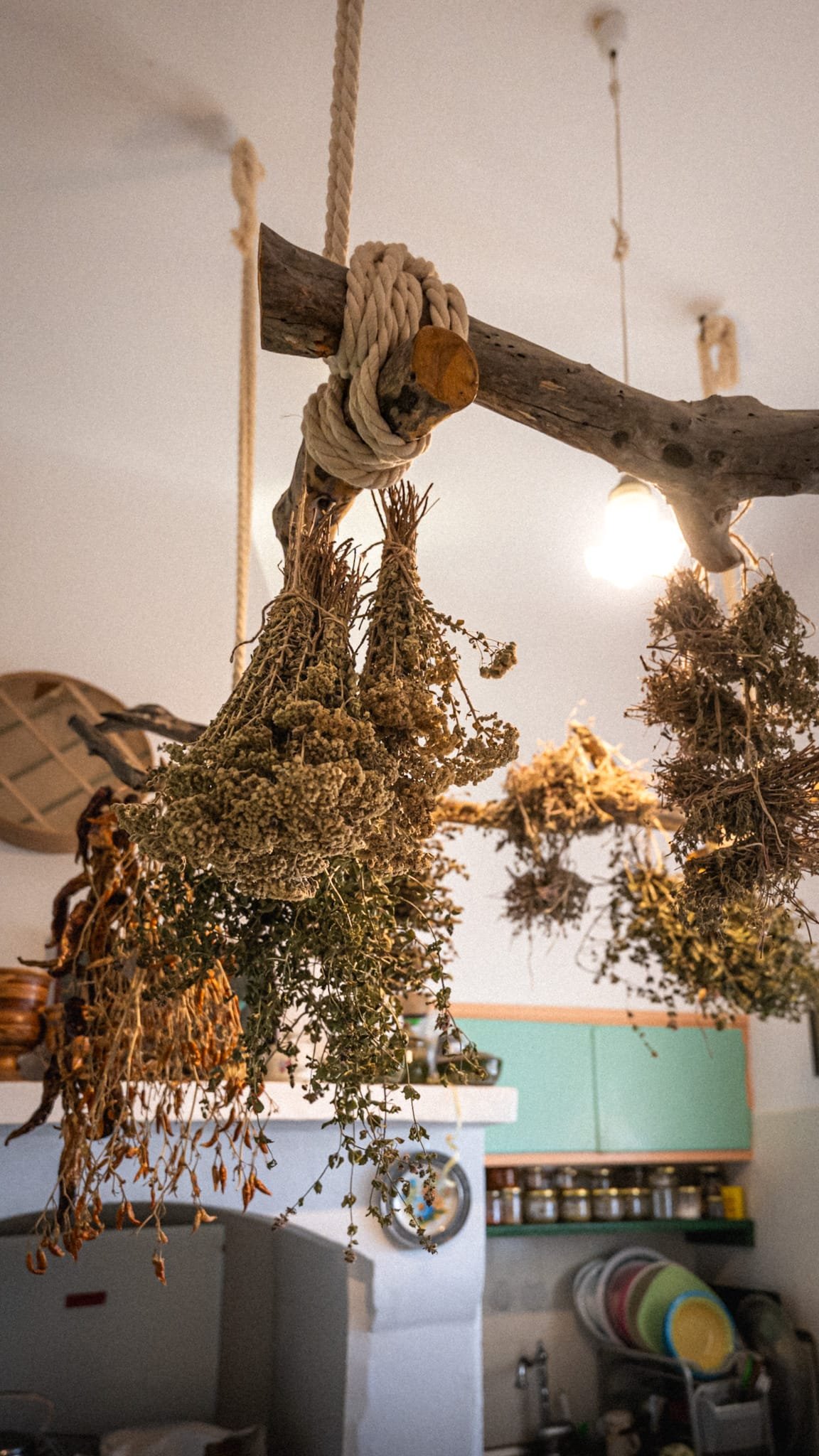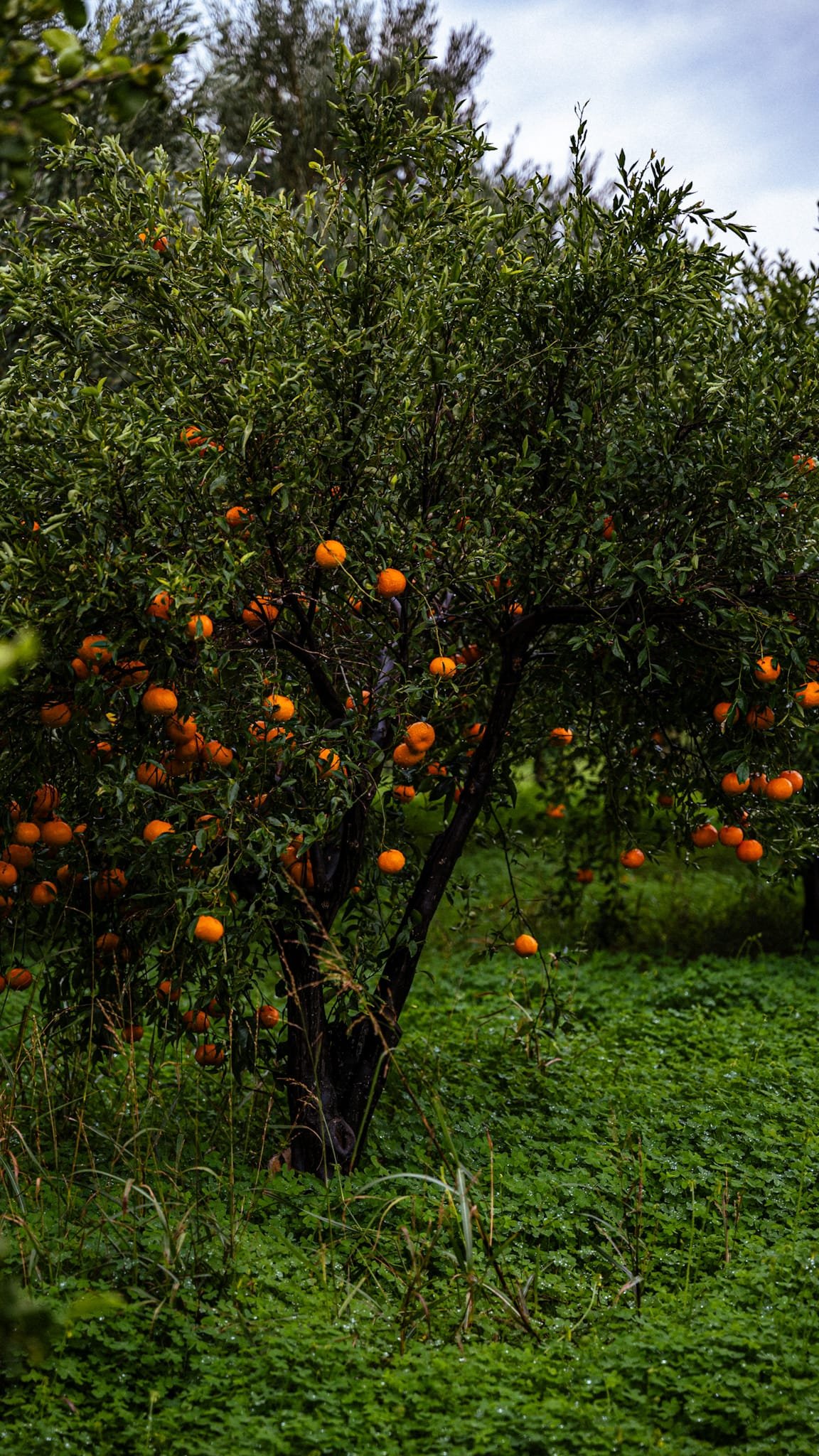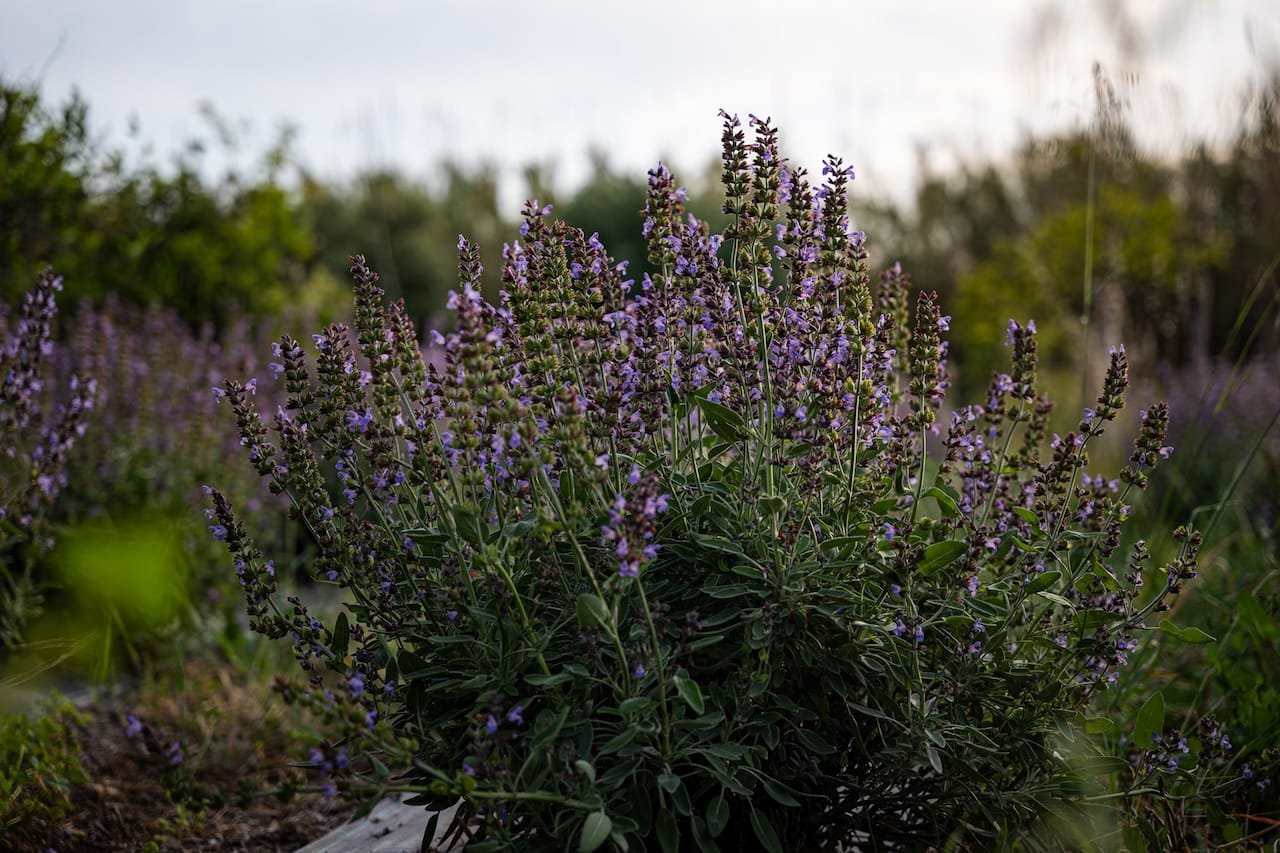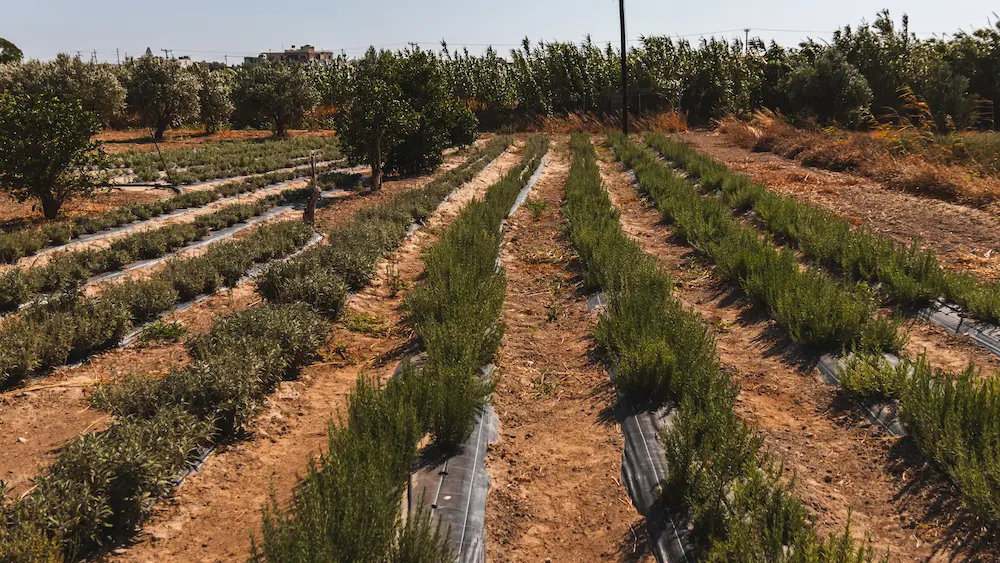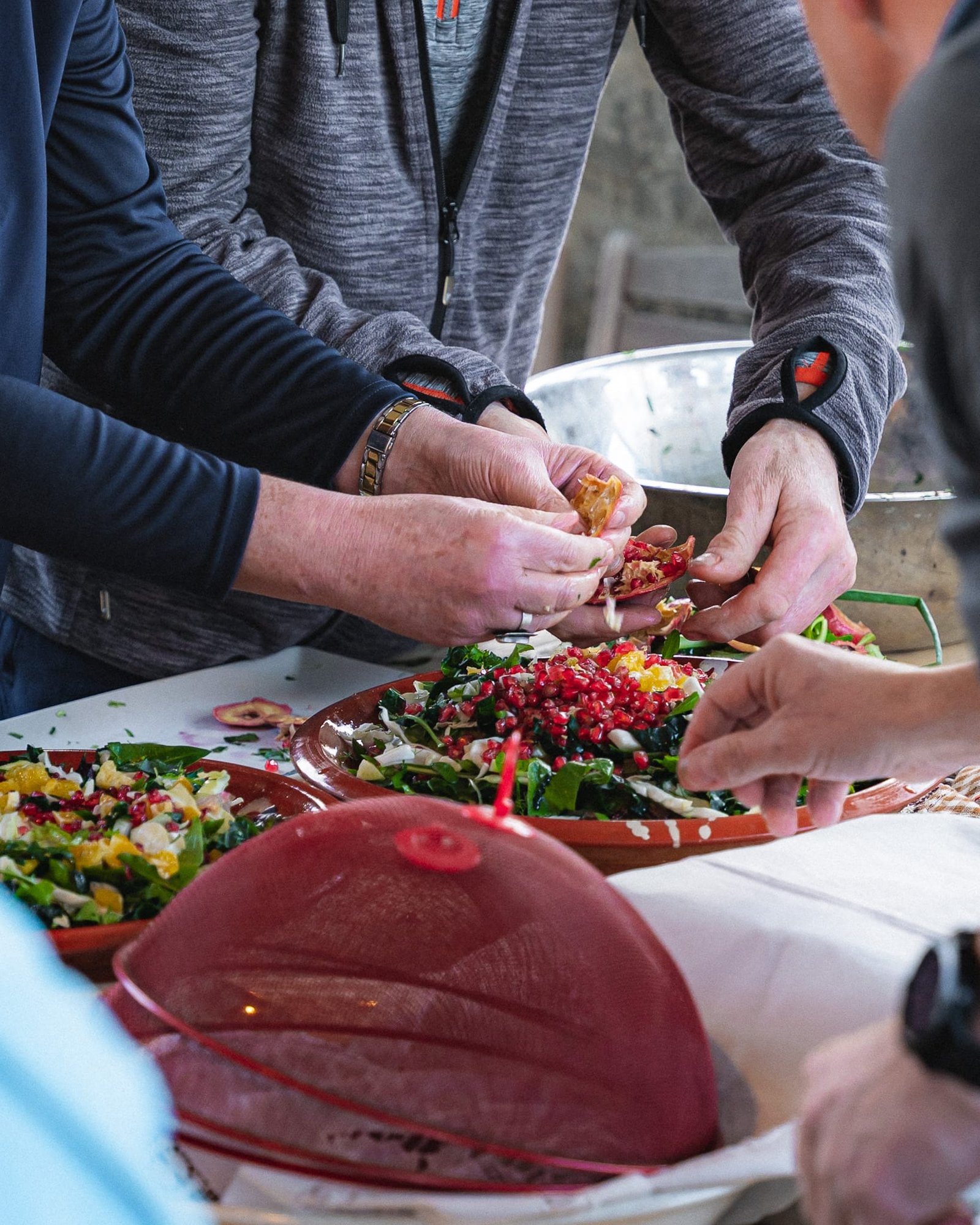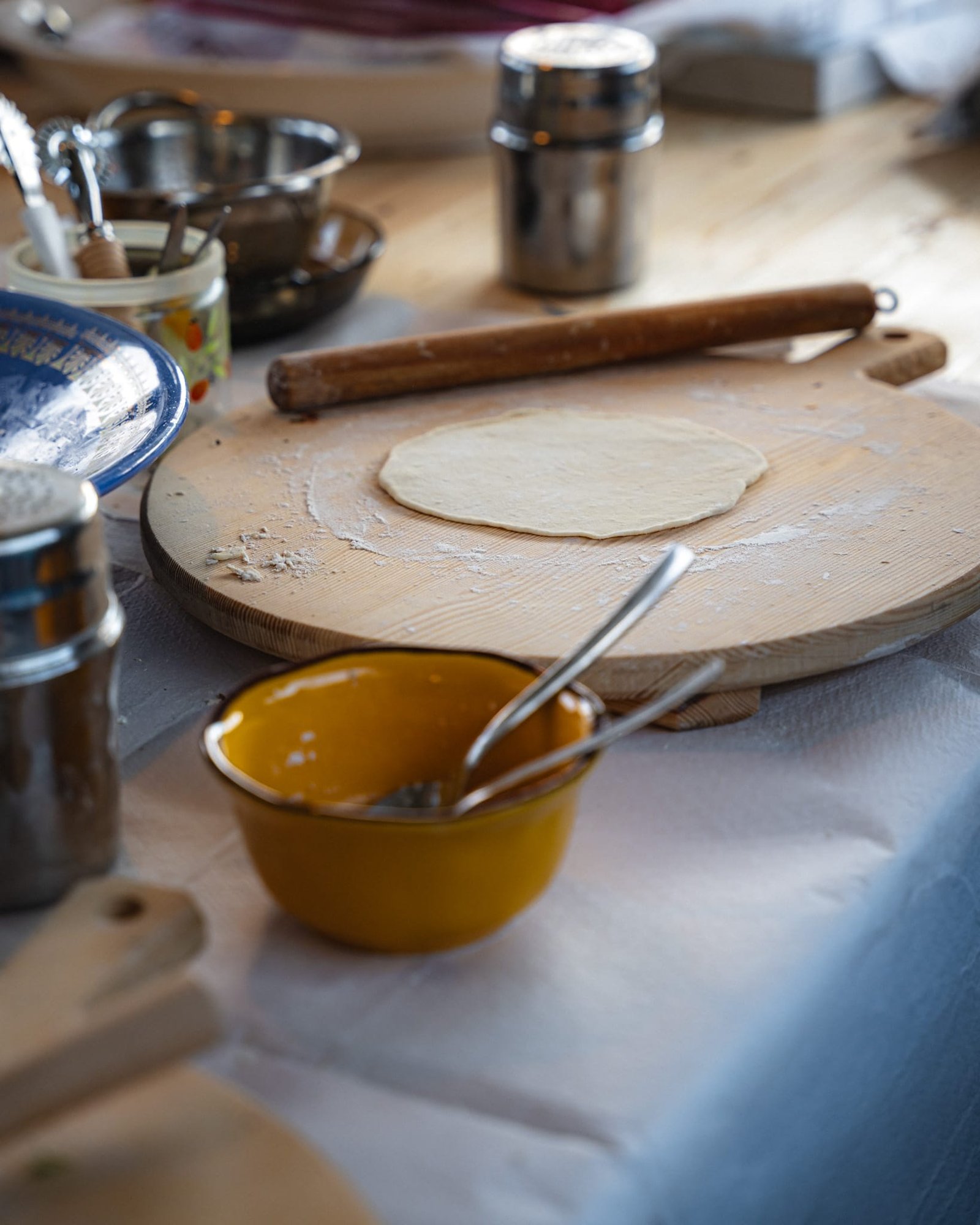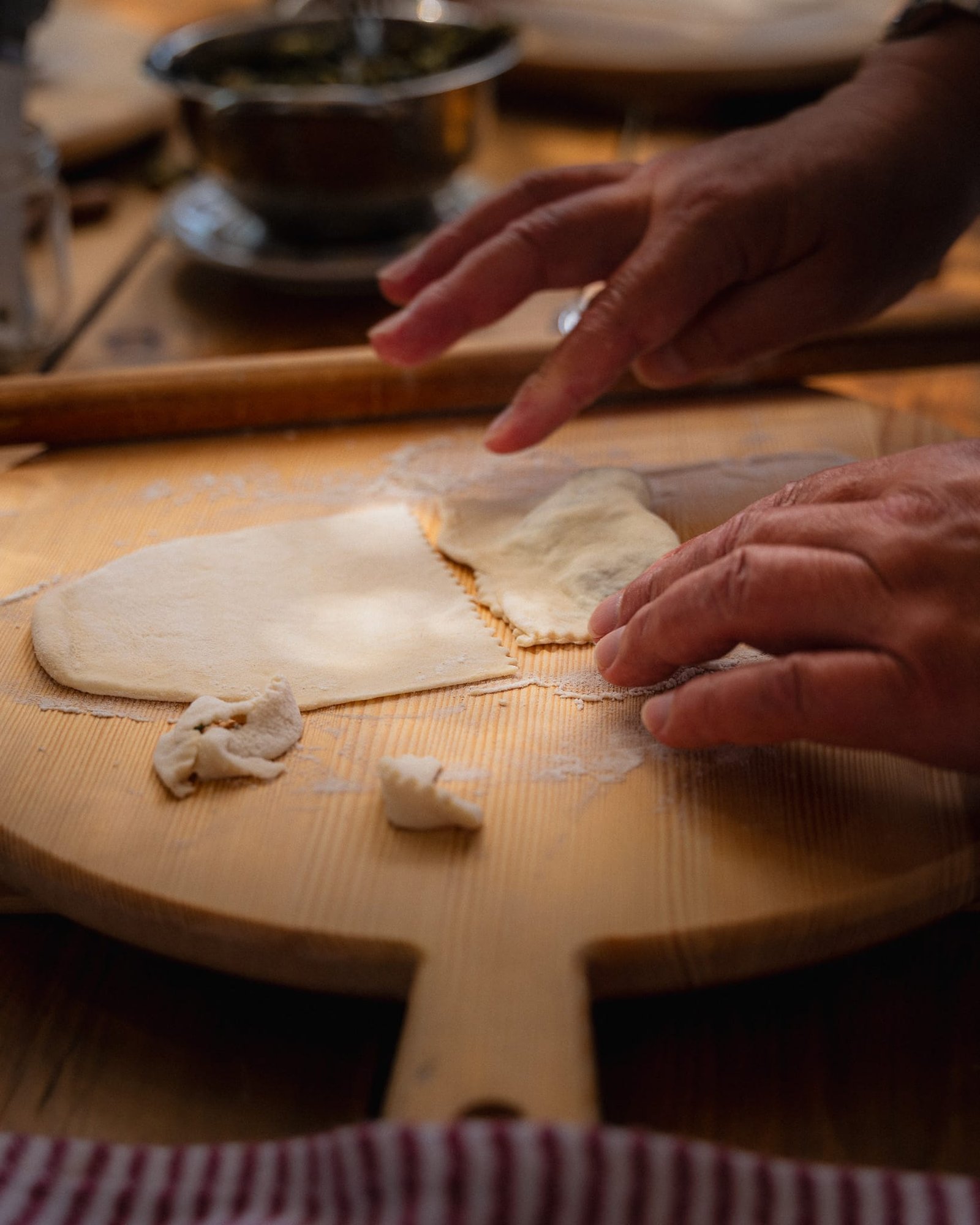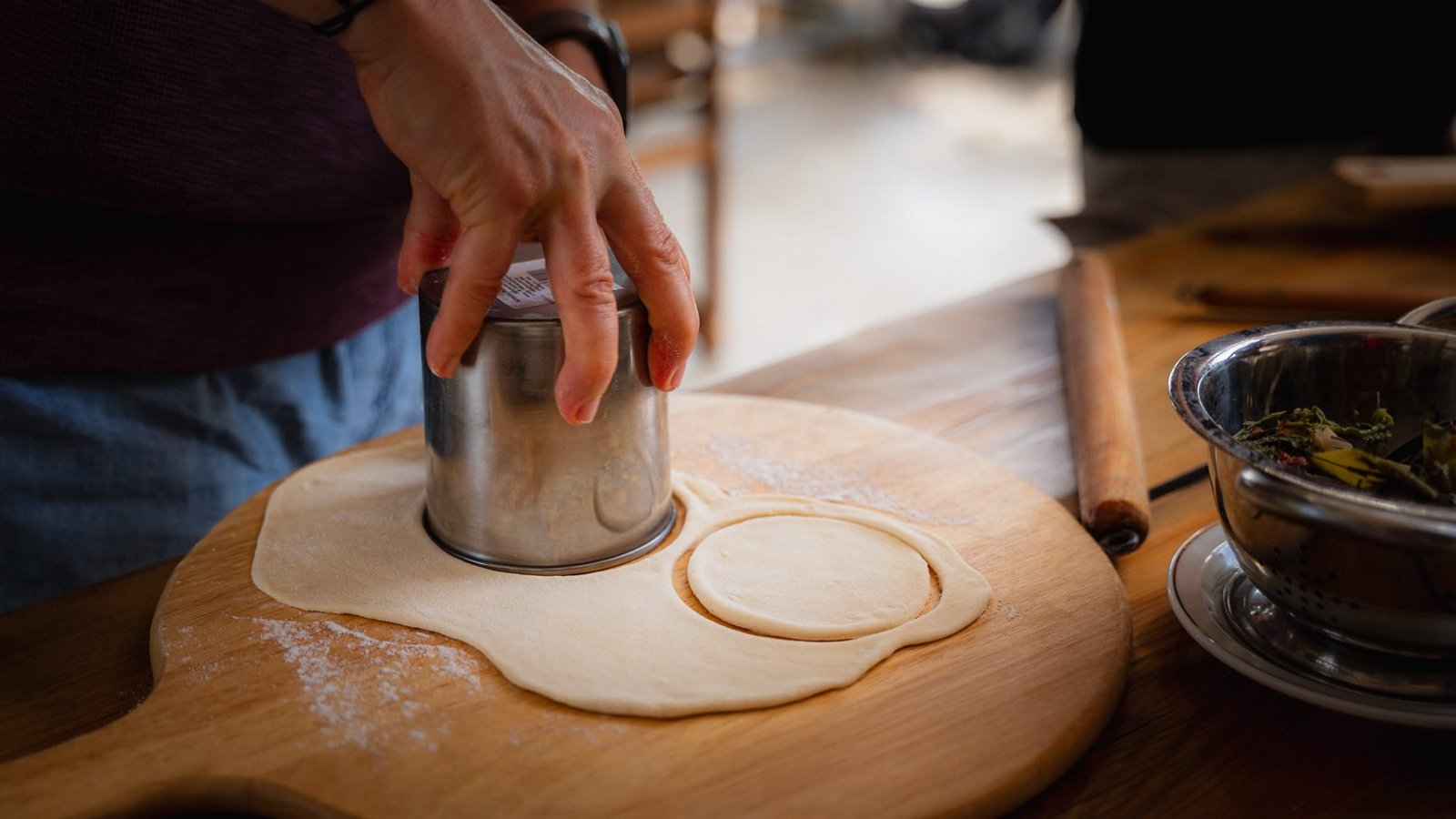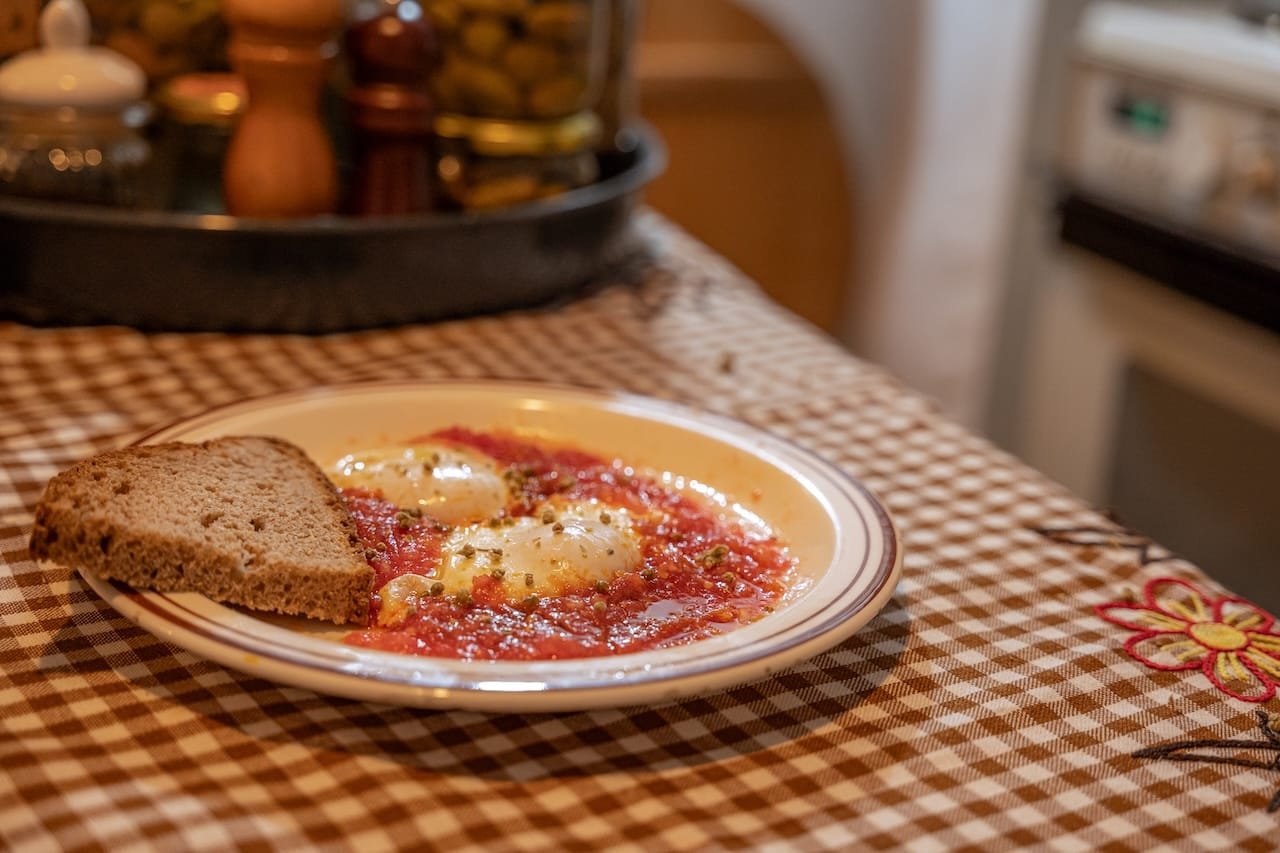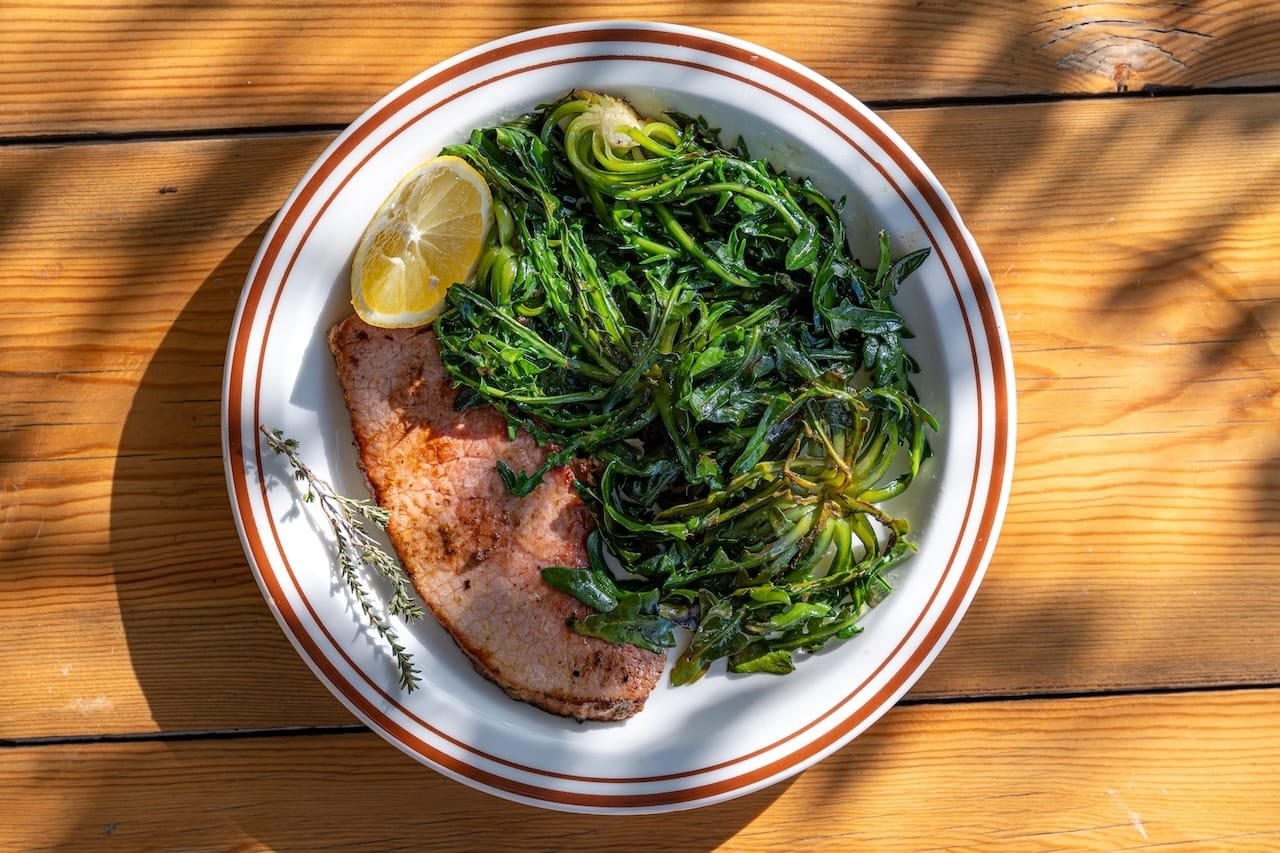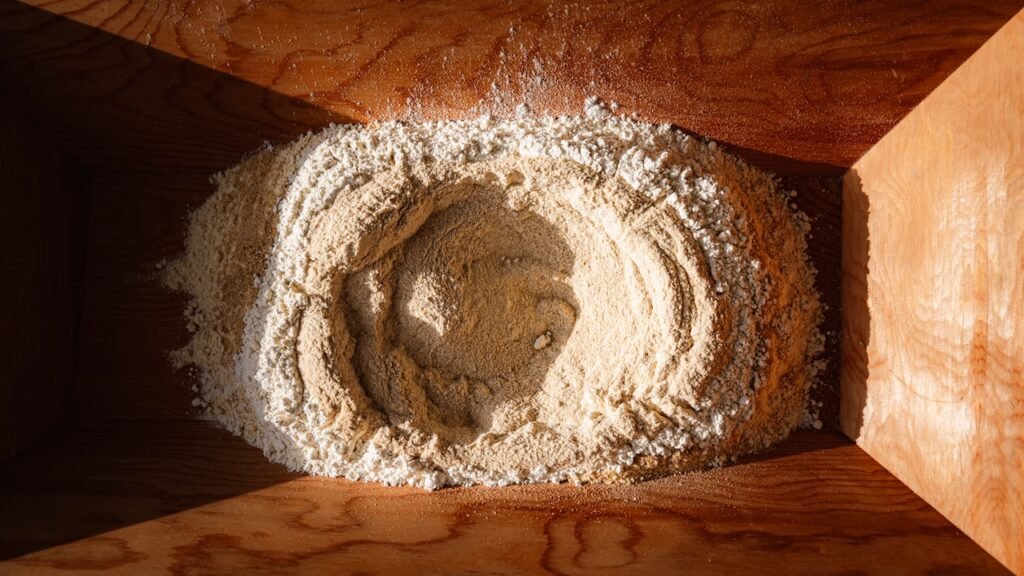Crete, the largest of the Greek islands, boasts a rich culinary heritage that reflects its vibrant history and fertile landscape. Among its many gastronomic treasures, Dakos stands out as a quintessential meze, embodying the simplicity and depth of Cretan cuisine. Often likened to the Italian bruschetta, this traditional dish offers a delightful combination of flavors and textures, making it a staple on Cretan tables.
In this article, we’re going to discuss:
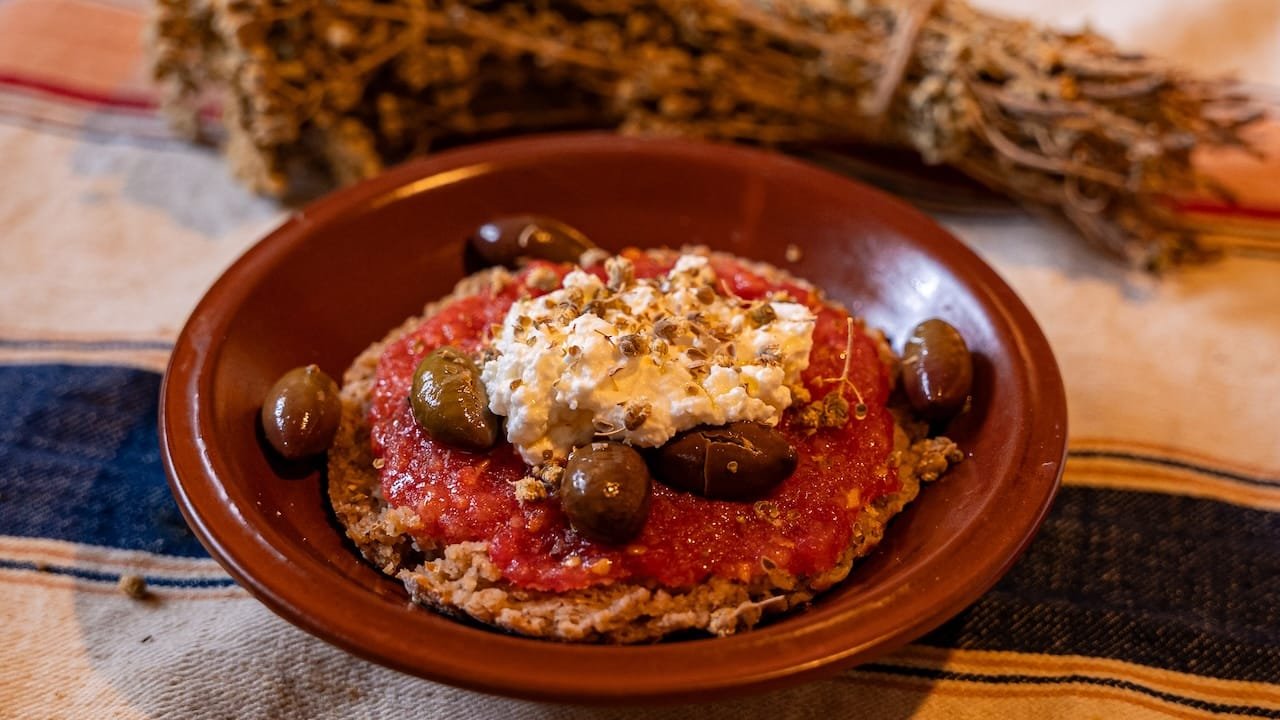
Origins and Cultural Significance
Dakos, also known locally as “koukouvagia” (meaning “owl”) in eastern Crete, has humble beginnings as a “poor man’s food.” Historically, it was a practical meal for shepherds and fishermen due to its simple ingredients and ease of preparation. The dish utilizes paximadi, a type of hard, twice-baked barley rusk that was favored for its long shelf life, especially before the advent of modern preservation methods. This made it an ideal sustenance for those who spent extended periods away from home.
Ingredients and Preparation
The beauty of Dakos lies in its simplicity and the quality of its ingredients:
- Paximadi (Barley Rusk): This is the foundation of the dish. The rusk is typically moistened slightly with water or olive oil to soften it without making it soggy.
- Tomatoes: Fresh, ripe tomatoes are grated or finely chopped and spread over the softened rusk, providing juiciness and acidity.
- Cheese: Traditionally, myzithra, a soft, creamy cheese made from sheep or goat’s milk, is used. However, feta cheese is a common substitute, offering a tangier flavor.
- Olive Oil: A generous drizzle of high-quality extra virgin olive oil enhances the flavors and adds richness.
- Seasonings: Dried oregano is sprinkled on top, and optional additions like capers, olives, or chopped red onions can be included for extra complexity.

Nutritional Benefits
Dakos is not only flavorful but also aligns with the principles of the Mediterranean diet, renowned for its health benefits:
- Whole Grains: The barley rusk provides fiber and essential nutrients, supporting digestive health.
- Fresh Produce: Tomatoes are rich in vitamins A and C, as well as antioxidants like lycopene.
- Healthy Fats: Olive oil contributes monounsaturated fats, which are beneficial for heart health.
- Protein: The inclusion of cheese adds a source of protein and calcium.
Variations Across Crete
While the basic components of Dakos remain consistent, regional variations showcase the island’s diverse palate:
- Cheese Choices: In some areas, xynomizithra, a sour variant of myzithra, is preferred for its distinctive tang.
- Additional Toppings: Some versions incorporate toppings like capers or olives, adding layers of flavor and texture.
- Serving Styles: While traditionally served as a whole rusk, some modern presentations involve breaking the rusk into bite-sized pieces, creating a more salad-like dish.
Dakos in Modern Cuisine
The resurgence of interest in traditional foods has propelled Dakos beyond the confines of Crete:
- Global Recognition: Food enthusiasts and chefs worldwide have embraced Dakos, introducing it in restaurants and culinary festivals, often dubbing it the “Greek bruschetta.”
- Adaptations: While purists adhere to traditional ingredients, contemporary adaptations might feature alternative breads or additional toppings, catering to diverse tastes while maintaining the essence of the dish.
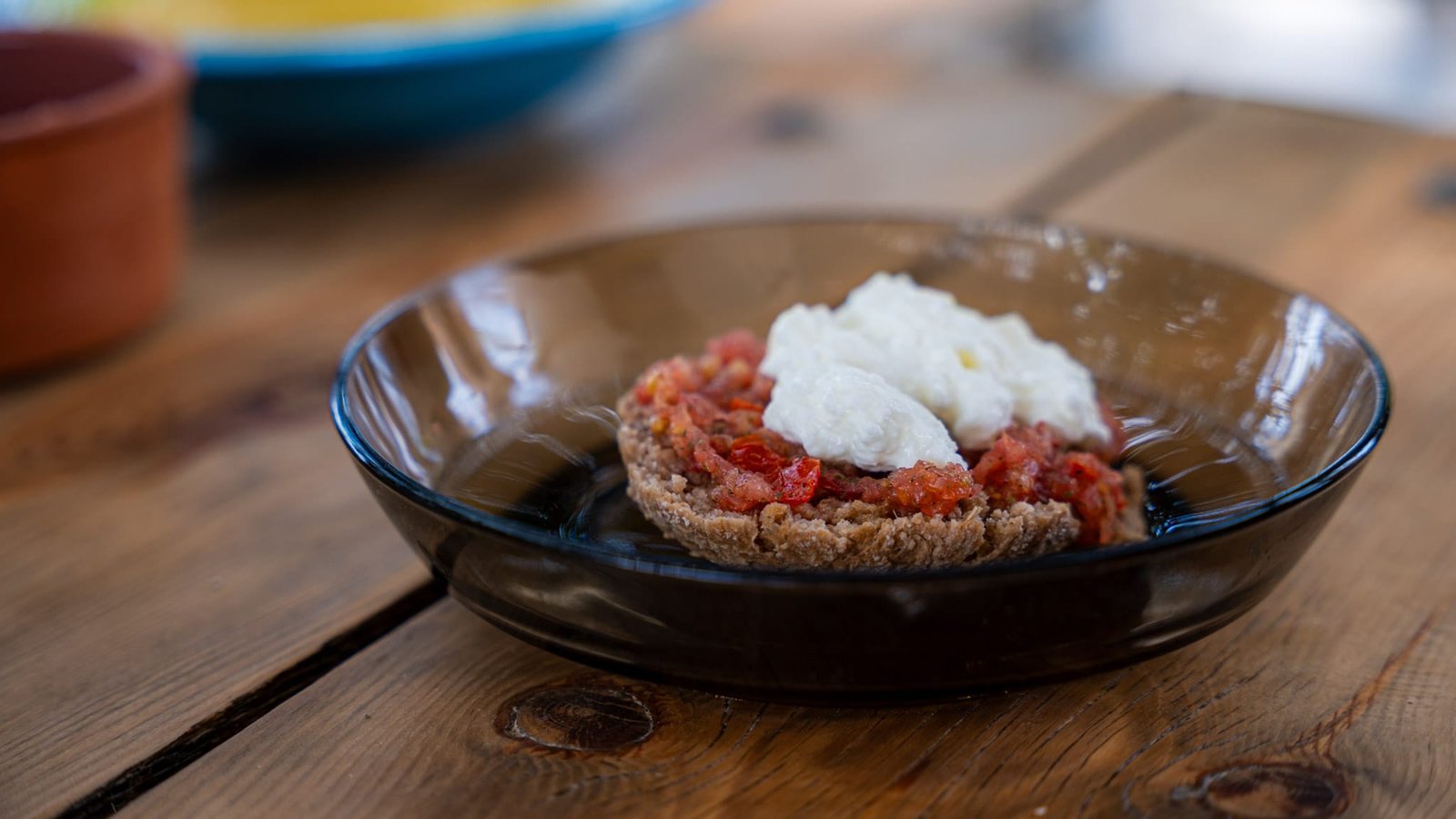
Pairing Dakos with Other Meze
In a traditional Cretan meal, Dakos is often accompanied by an array of other meze (small dishes), creating a rich tapestry of flavors:
- Kalitsounia: These are small pastries filled with cheese or wild greens, showcasing the island’s love for foraged ingredients.
- Dolmadakia: Vine leaves stuffed with rice and herbs, offering a tender and aromatic bite.
- Grilled Octopus: Marinated and charred to perfection, this dish adds a seafood element to the meze spread.
- Tzatziki: A refreshing yogurt-based dip with cucumber and garlic, balancing the flavors of the meal.
Conclusion
Dakos exemplifies the heart of Cretan cuisine—simple, robust ingredients that together create a dish greater than the sum of its parts. Its enduring popularity is a testament to the island’s culinary wisdom, offering a taste that is both timeless and universally appealing.

Aspras Terra Agriculture Experience, Ierapetra Crete Greece, follow us on Instagram or Facebook to learn more about our activities and upcoming events!
